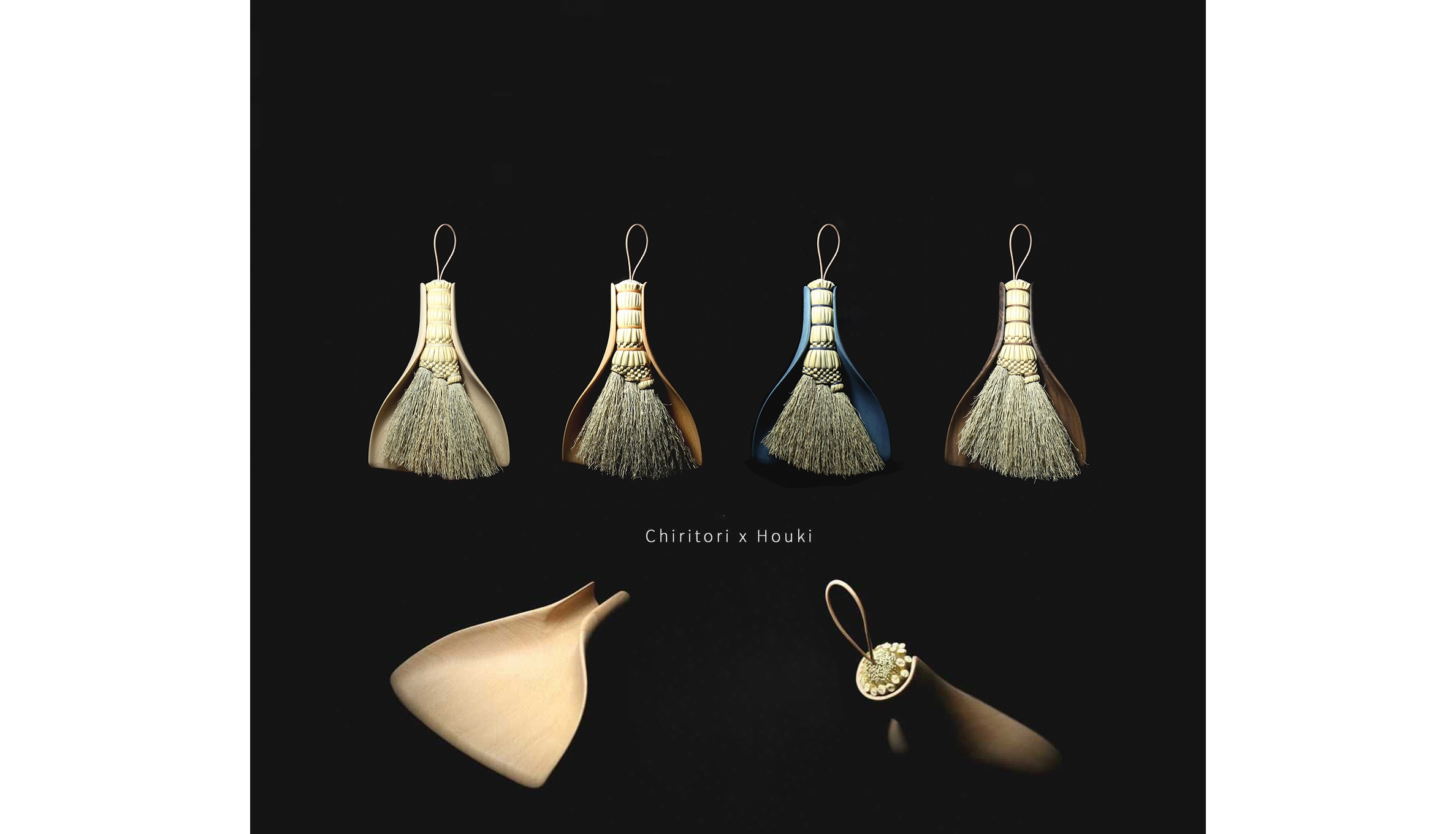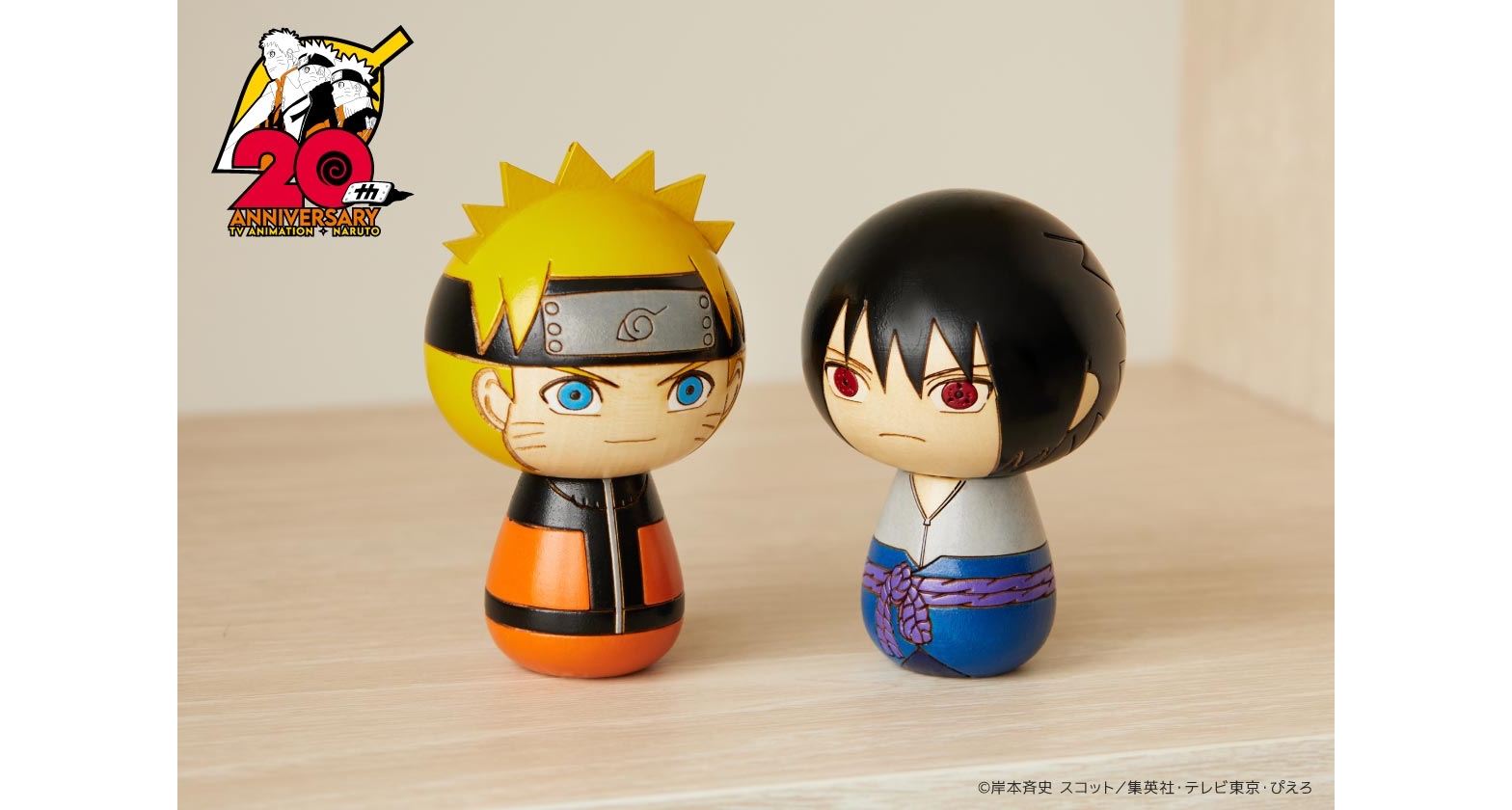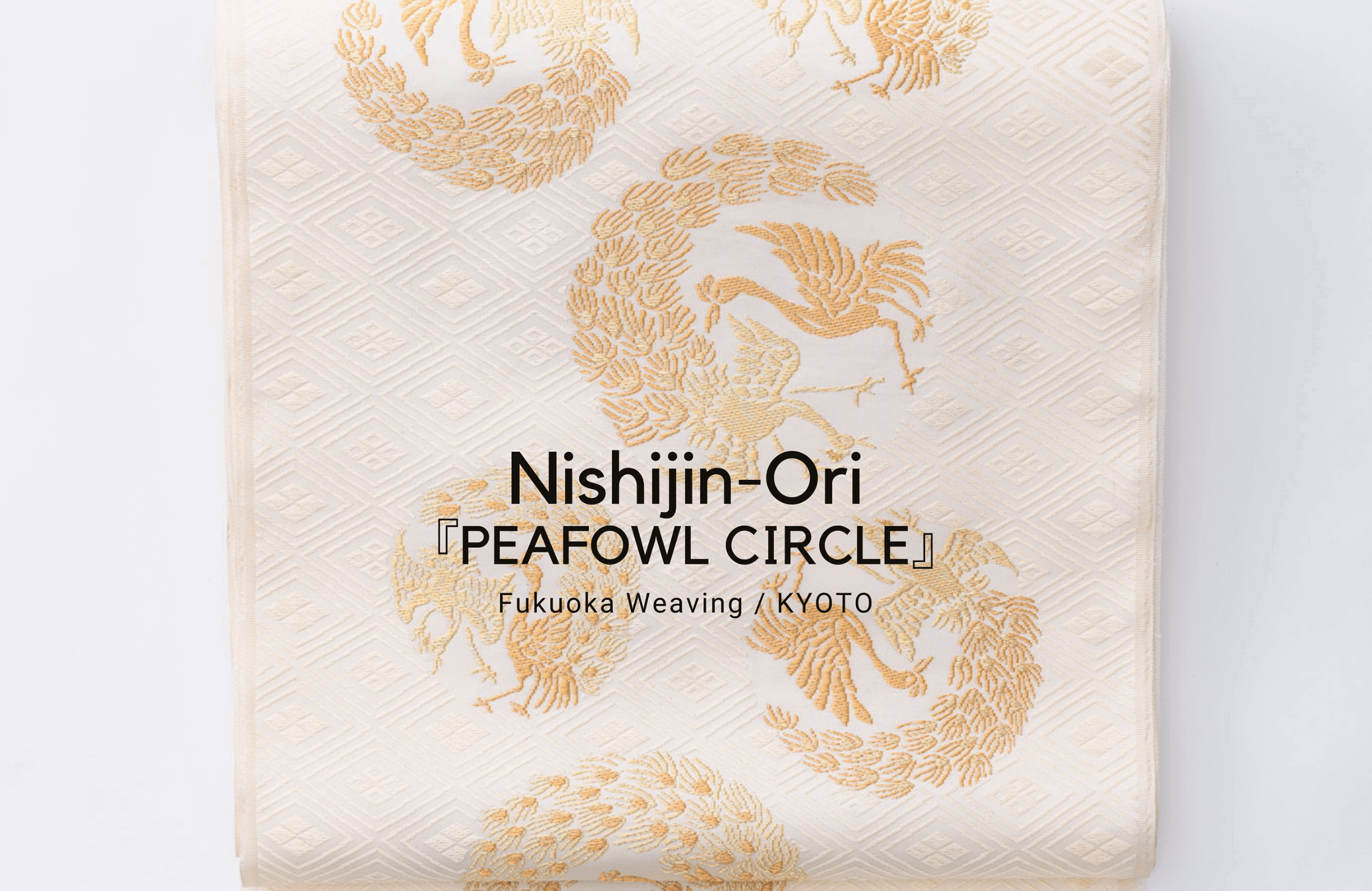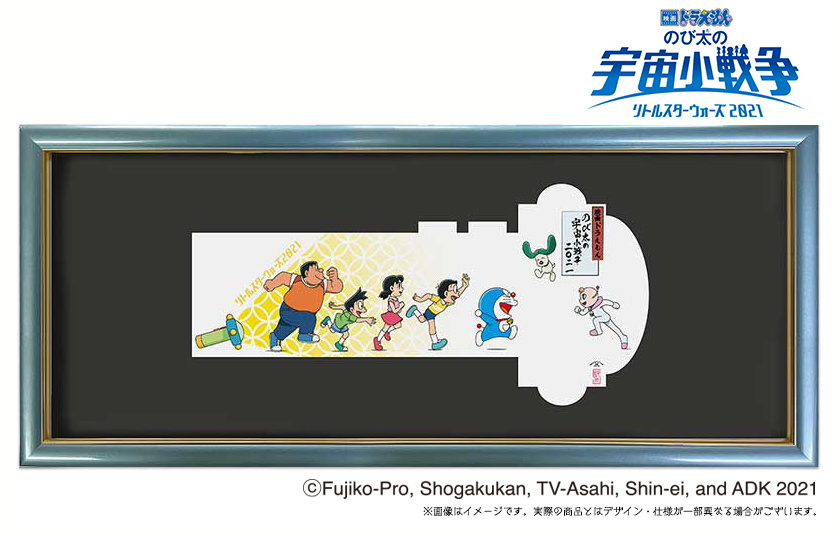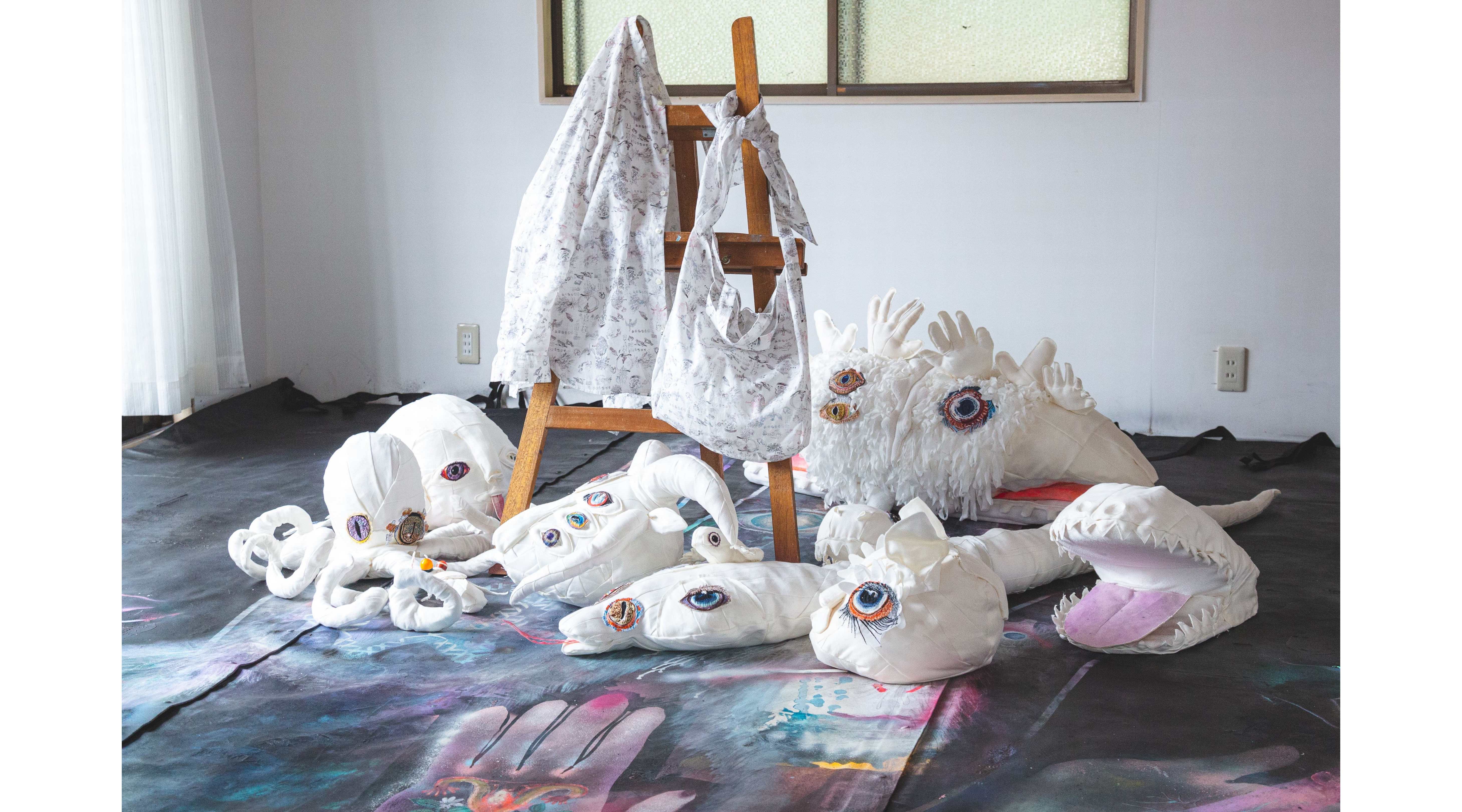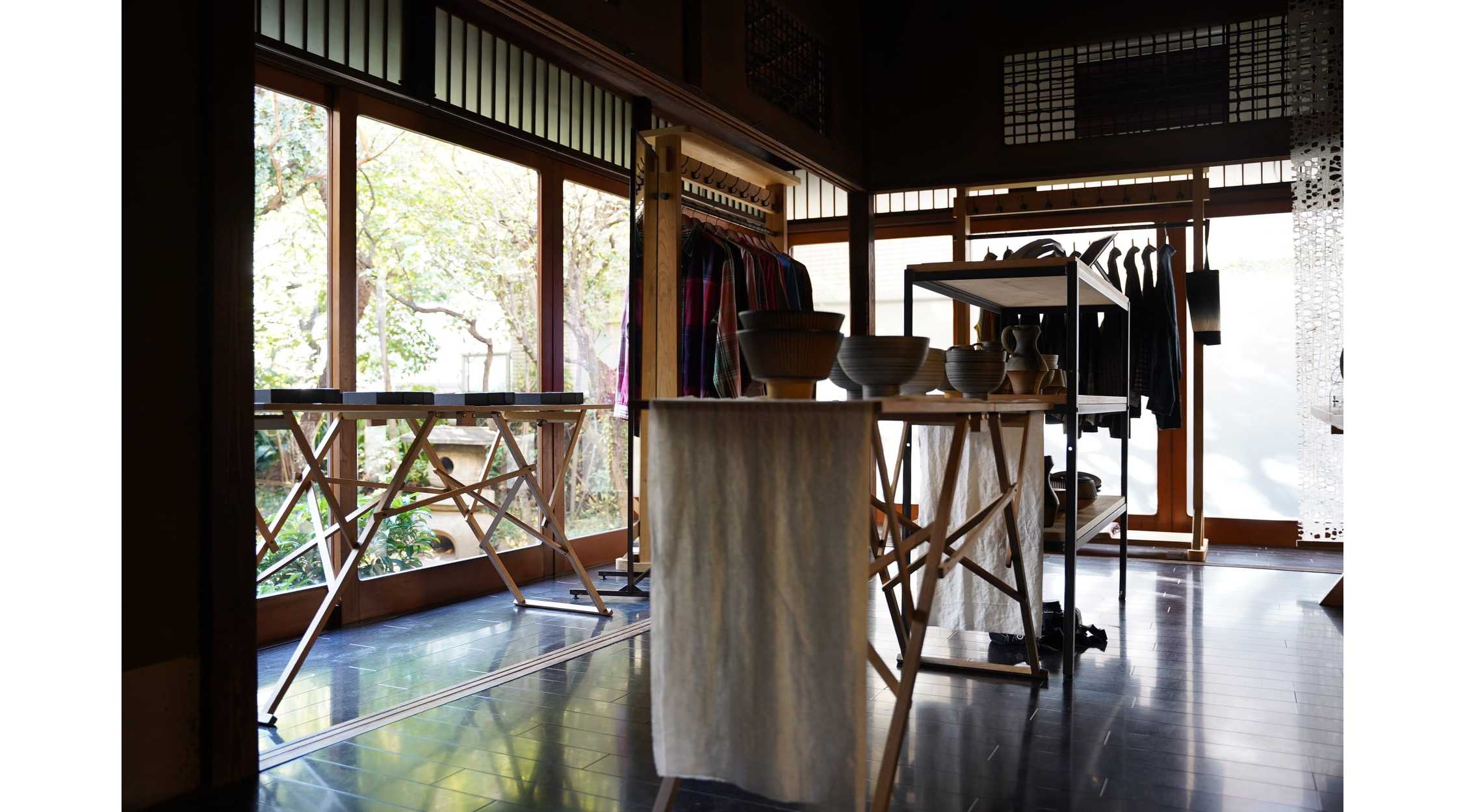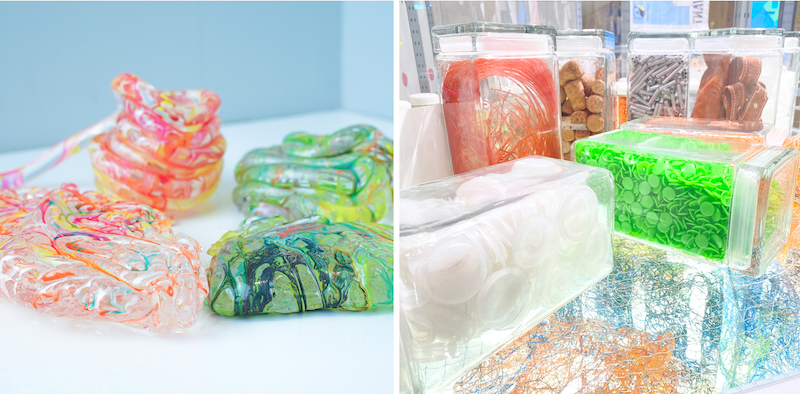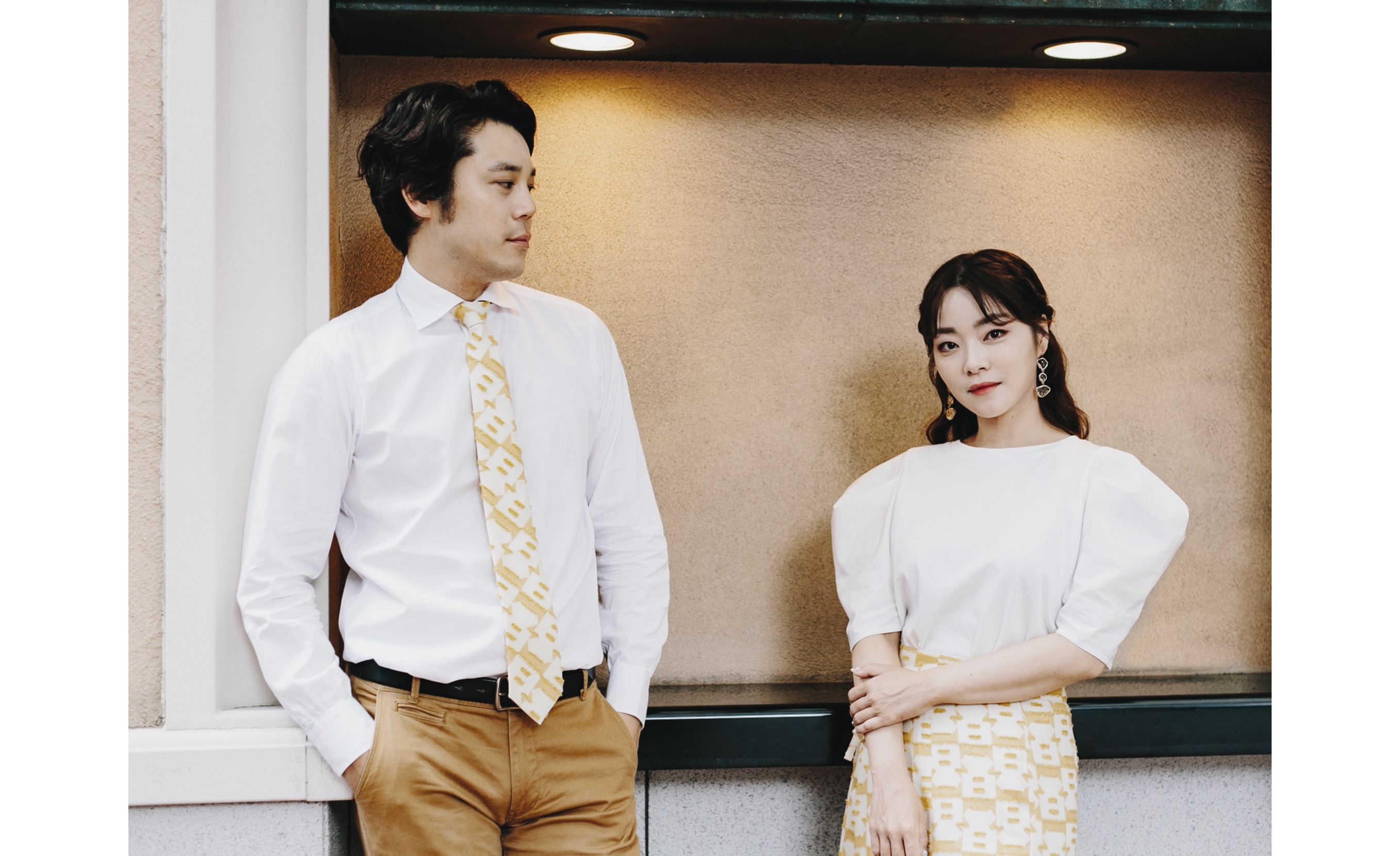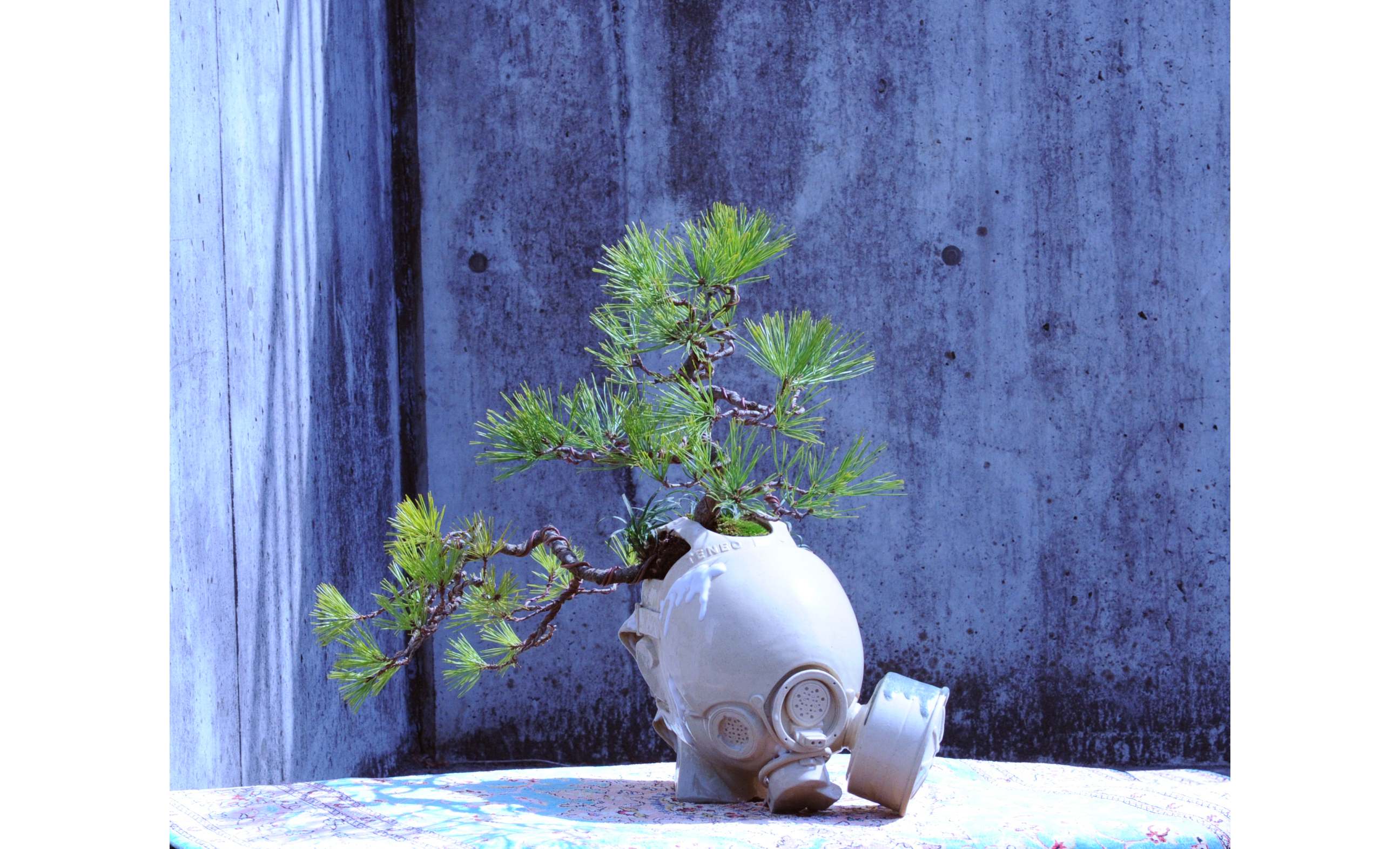GLASS-LAB released their new GLASS-LAB NEW PRODUCT “WA” collection of bangles made from Edo Kiriko cut glass bottles on their official website on July 1.
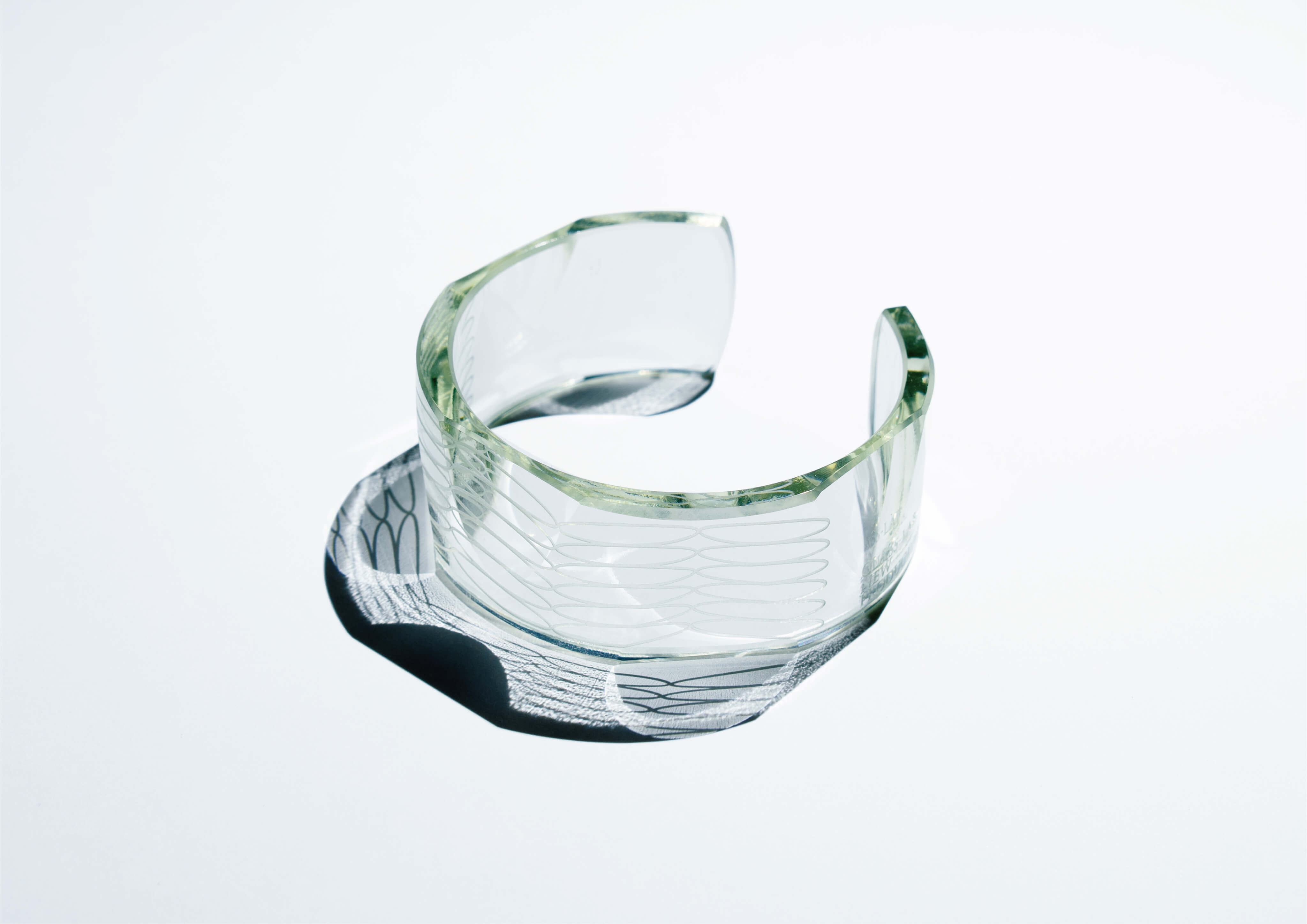
GLASS-LAB NEW PRODUCT “WA” Sustainable Clear | ¥18,370 (Tax Included)
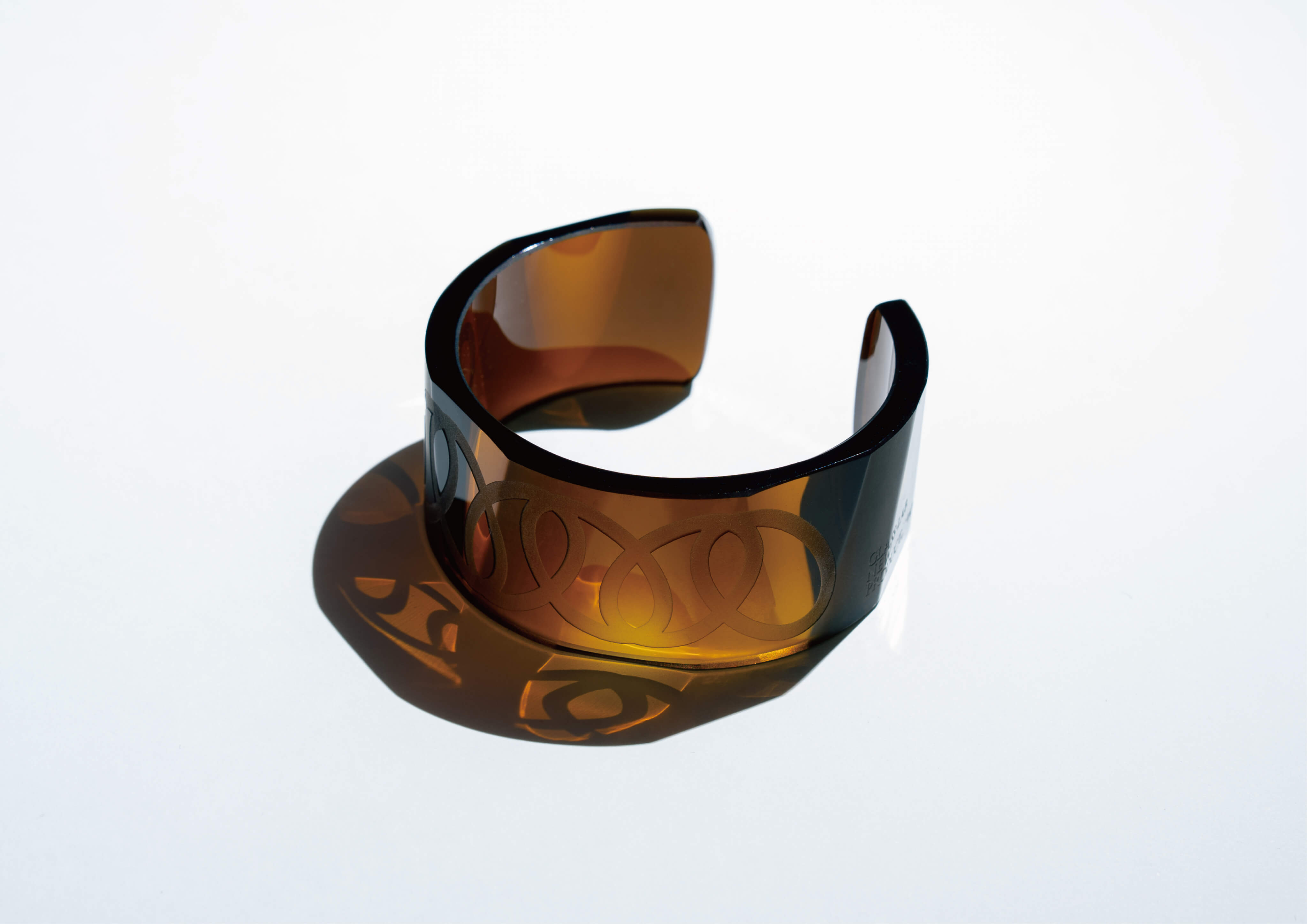
GLASS-LAB NEW PRODUCT “WA” Sustainable Black | ¥18,370 (Tax Included)

GLASS-LAB NEW PRODUCT “WA” Sustainable White | ¥18,370 (Tax Included)
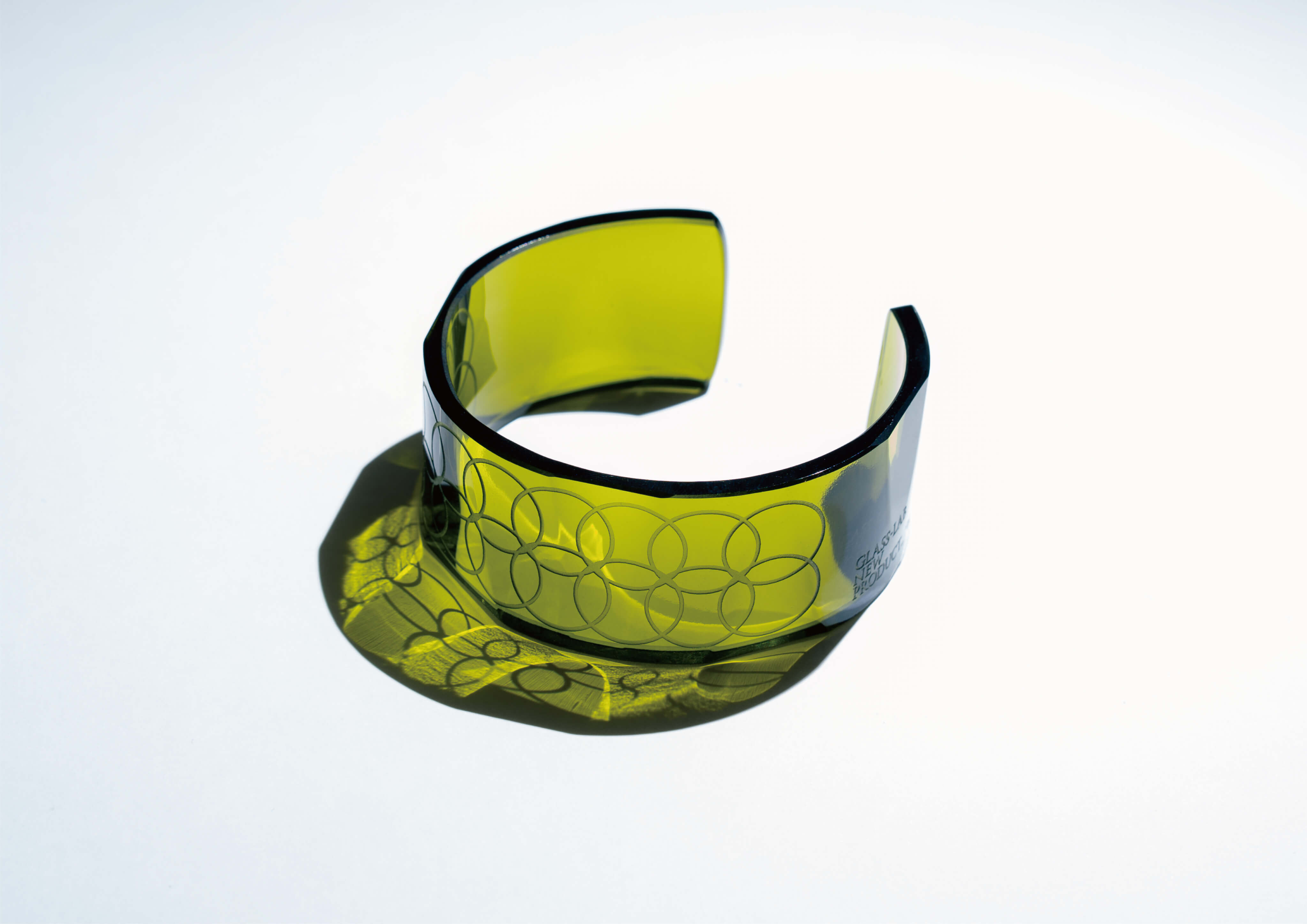
GLASS-LAB NEW PRODUCT “WA” Sustainable Green | ¥18,370 (Tax Included)
GLASS-LAB was opened by the Shiina family in 1950 in Koto, a city known for the production of Edo Kiriko, a traditional type of Japanese glassware. The owner eventually passed the factory onto his sons. It is now run by Takayuki Shiina who is highly skilled at sandblasting, so much so he can cut glass to a fine 0.09mm.
This new collection was made in collaboration with designer Yukio Fujita of ‘design shop YU.’
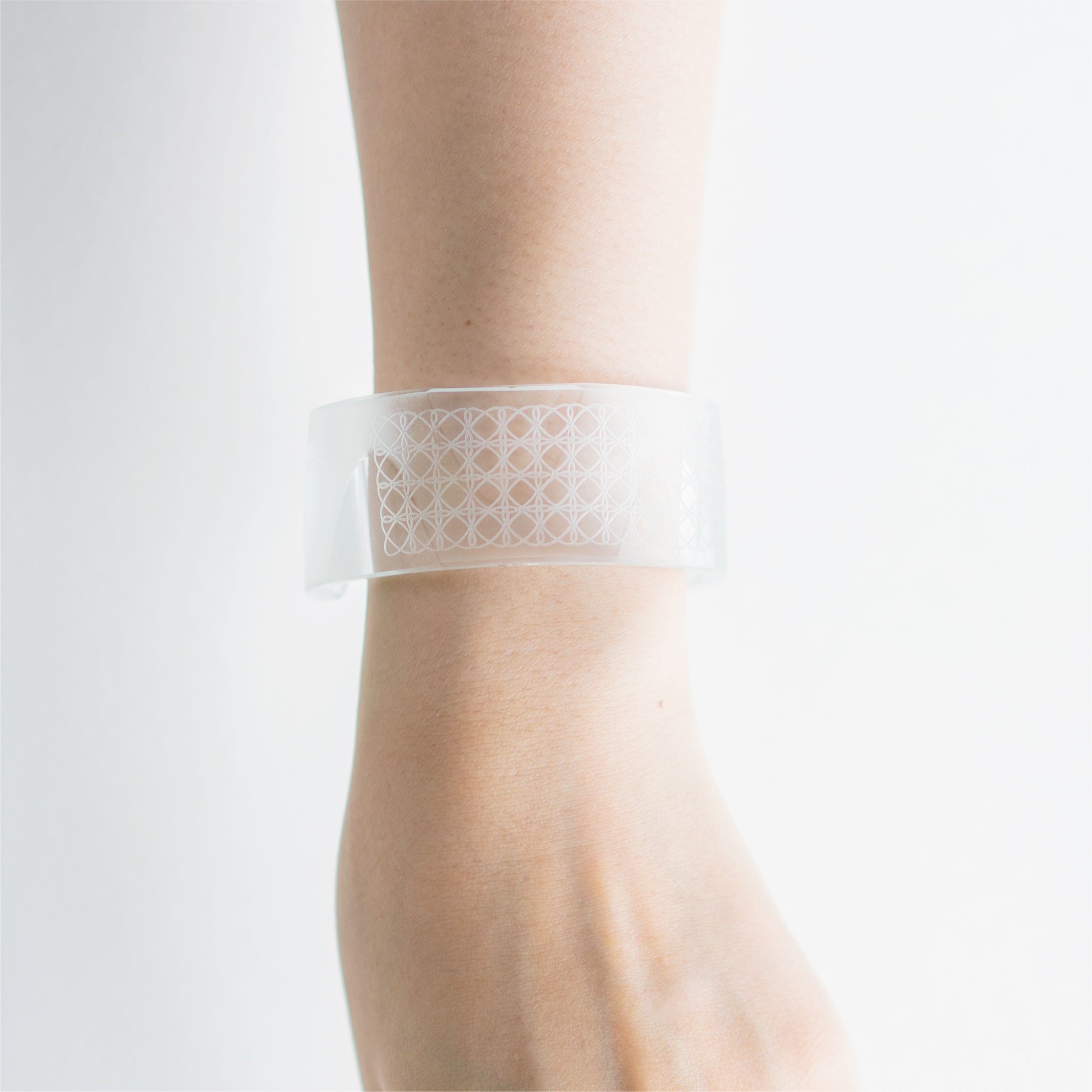

Information
GLASS-LAB NEW PRODUCT “WA”
Released: July 1, 2021
Buy Here: https://glasslab.official.ec/
RELATED ENTRIES
-
Results of Second Japanese Cultural Grand Prix Announced
12.September.2022 | FASHION
The five winners of the second Japanese Traditional Culture Grand Prix have been announced! The contest was spearheaded by the Japan Traditional Culture Promotion Project, established in May 2020 as a collaborative effort among companies, associations, and local governments to establish a sustainable framework for the continued development of Japanese traditional culture.
The project is headed by Seiichi Kondou, the Former Commissioner of the Agency for Cultural Affairs. United Arrows Honorary Chairman Osamu Shigematsu serves as Vice-Chairman. Along with Nobuo Yoshida, the 14th generation head of the 400-year-old traditional paper fan store Ibasen, the Japan Cultural Promotion Project began this Grand Prix as a way to honor outstanding works of Japanese culture by companies, organizations, and individuals. Anyone can enter, regardless of nationality, residence, or age. The jury consists of 11 people from various fields, including Richard Collasse, the Chairman of Chanel LLC, and popular model Kozue Akimoto.
Grand Prix Winner
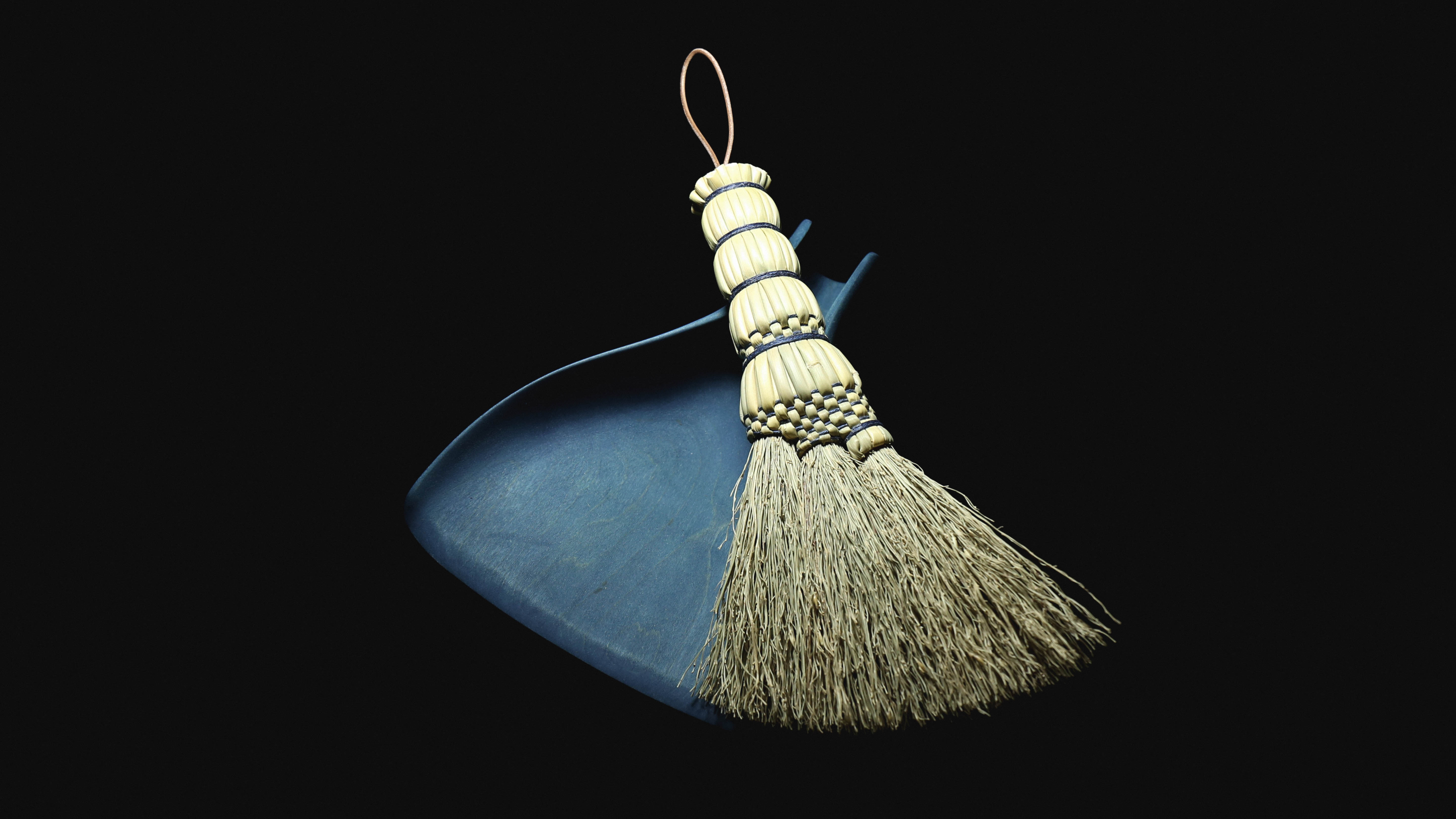
Dustpan x Broom
Luo Qi
Each dustpan is shaped by hand to match the special shape of the Matsumoto broom, which is then dyed with natural Tokushima indigo dye. The broom is the only one in the world made from home-grown broomcorn, and each is made by a third-generation craftsman with years of experience.
Runner-up Prizes
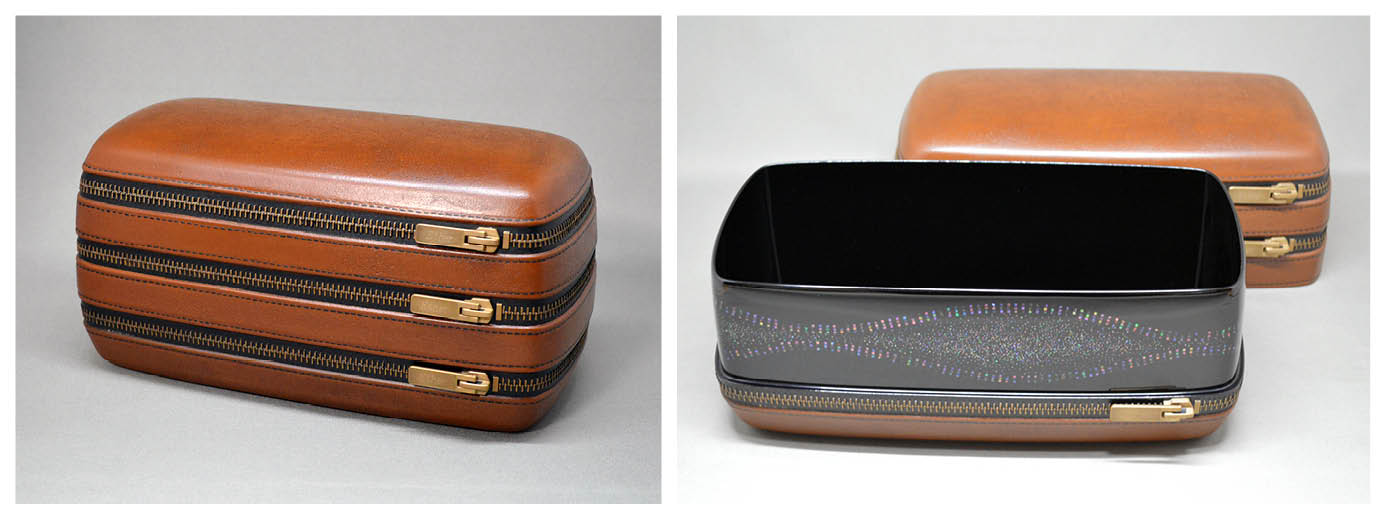
Japanese Lacquer Art – Ether
Takehito Sasaki
[Critique]
Both traditional and innovative. The spirit of Japanese culture and the meaning of this award seem to have taken shape in this work. The zippers do not open. The surface looks like leather, but it isn’t. When the lid is opened, the glossy lacquer seems to spread out. My expectations were surpassed. Anyone who sees it or uses it will find themselves lost in imagination, and I’m sure that thinking about that will bring a smile to the creator’s face. This beautiful craftsmanship was born from plenty of care and attention. What a pleasant surprise. (Risa Tanaka)
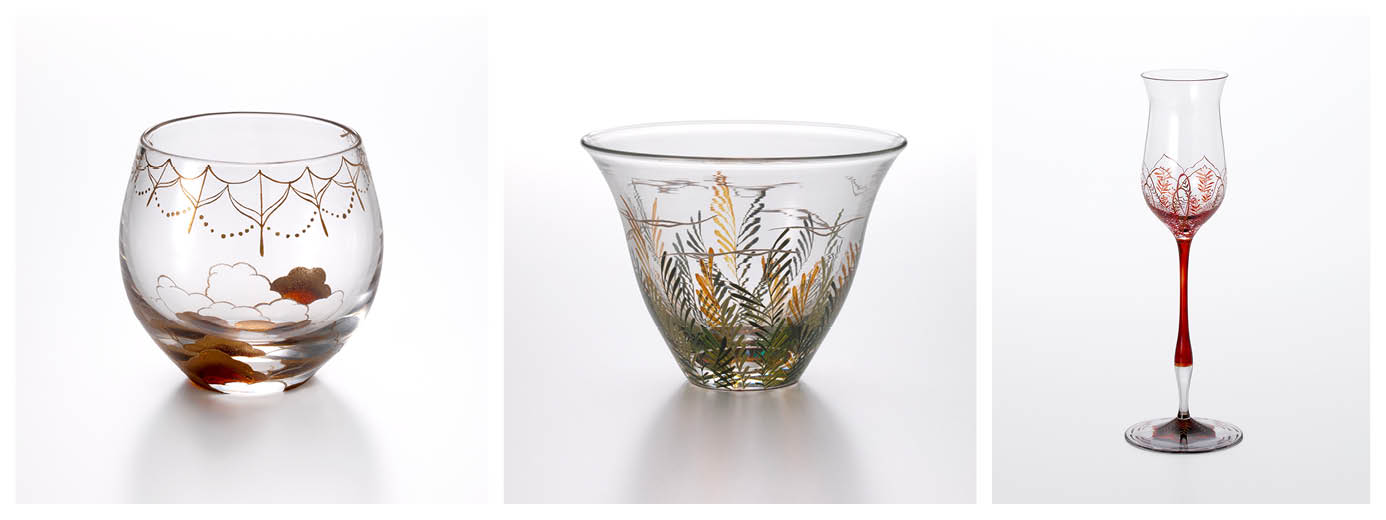
Sake Drinking Set – Japanese nagomi Sake Cups
Nagomi Fujita
[Critique]
There’s something about this piece that shares a spirit with Art Nouveau. The delicate plants superimposed on the bright transparent glass are a powerful image. In traditional Japanese nagomi art, the linear appearance of the plants is painted a bit more lightly, but these overlapping layers and shapes resonate and make an impact. The artist used traditional techniques such as lacquer and foil in a subtle manner, while still making the plants look alive. I’d consider this as a modern take on ecology. (Yuko Hasegawa)
Excellence Award
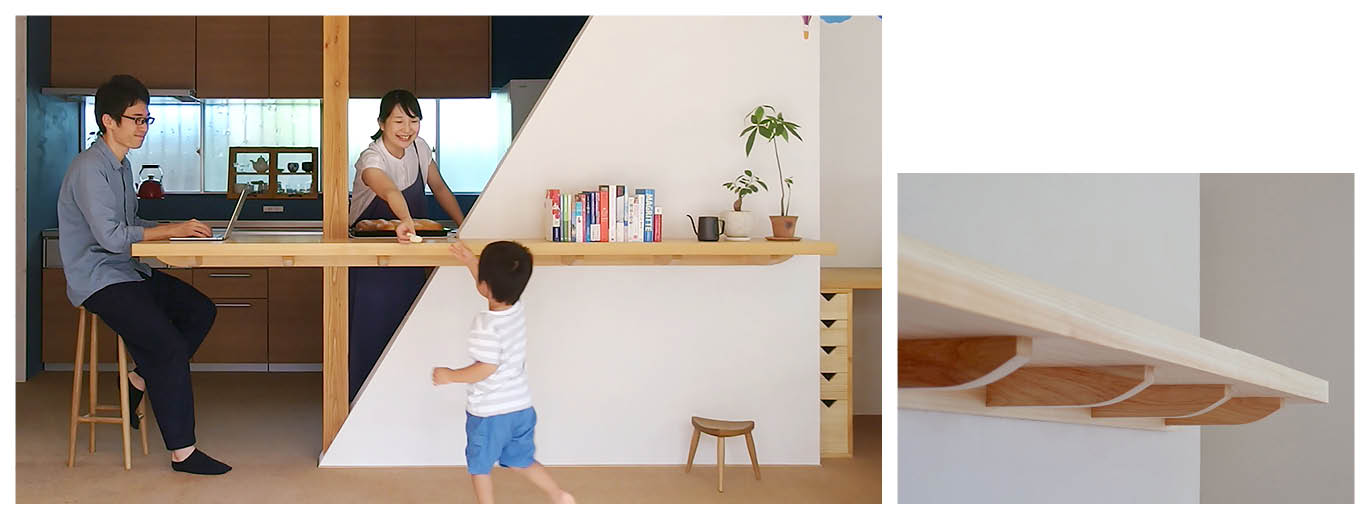
Floating Boat Counter
Masafumi Kodama (Registered Architect with a First-Class License) / Taiki Ishikawa (First Class Carpenter/Registered Architect with a Second-Class License)
[Critique]
The motif that inspired this piece is the traditional Japanese architectural technique of funahijiki. It’s an outstanding piece that utilizes practical architectural practices to create a piece of furniture at the center of a home, somewhere that the family relaxes. It brings the beauty of Japanese wood into the modern age. Funahijiki is a technique that has been used in incredible places, such as the Kyoto Imperial Palace and Kojoin Temple. It’s graceful and elegant, and not often seen in the current age. (Hidetsugu Horikoshi)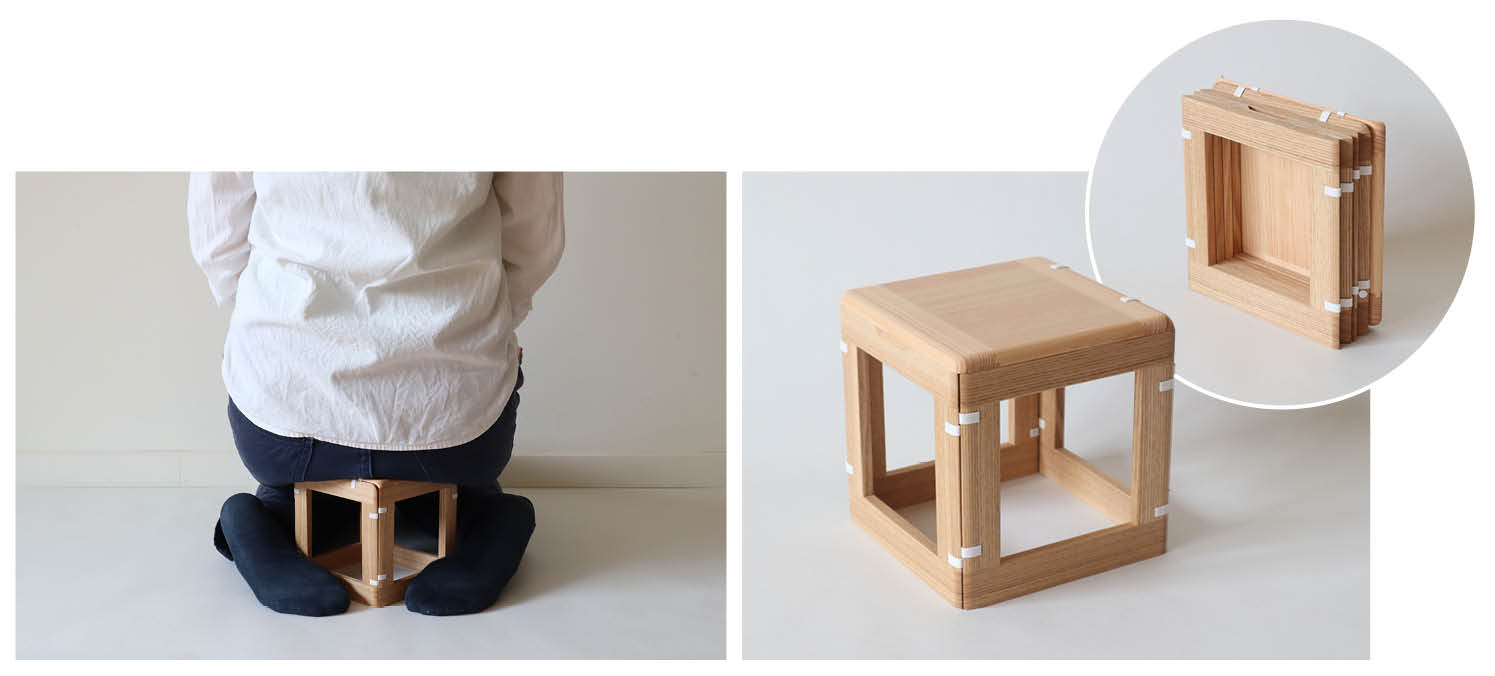
Folding Chair to Assist in Seiza
patol stool SEIZAHirayama Daily Goods Shop, Makiko & Kazuhiko Hirayama
[Critique]
The judges liked this folding chair for assisting seiza sitting, as it’s something that could be put to practical use right away. It’s sure to help people enjoy tatami culture, and will be a big help for people who seldom sit on the floor in this traditional way. The height and size of the chair, as well as its ability to be folded for easy storage, are nice touches. I’d consider this a masterpiece with incredible potential. (Yuji Akimoto)
These pieces of artwork managed to connect traditional Japanese culture with future sensibilities, so give them a look!
-
Naruto Anime Series Celebrates 20th Anniversary with Traditional Kokeshi Dolls
08.August.2022 | ANIME&GAME / FASHION
To commemorate the 20th anniversary of the Naruto anime series, Usaburo Kokeshi has created two traditional dolls modeled after Naruto Uzumaki and Sasuke Uchiha. The original manga series by Masashi Kishimoto has become a global phenomenon, and fans won’t want to miss out on these unique pieces! Preorders are now open.
Usaburo Kokeshi makes each of these pieces by hand, transforming them from children’s playthings into traditional works of art. The wood used to create these pieces is from trees in Gunma Prefecture.
Usaburo Kokeshi Doll – Naruto Uzumaki
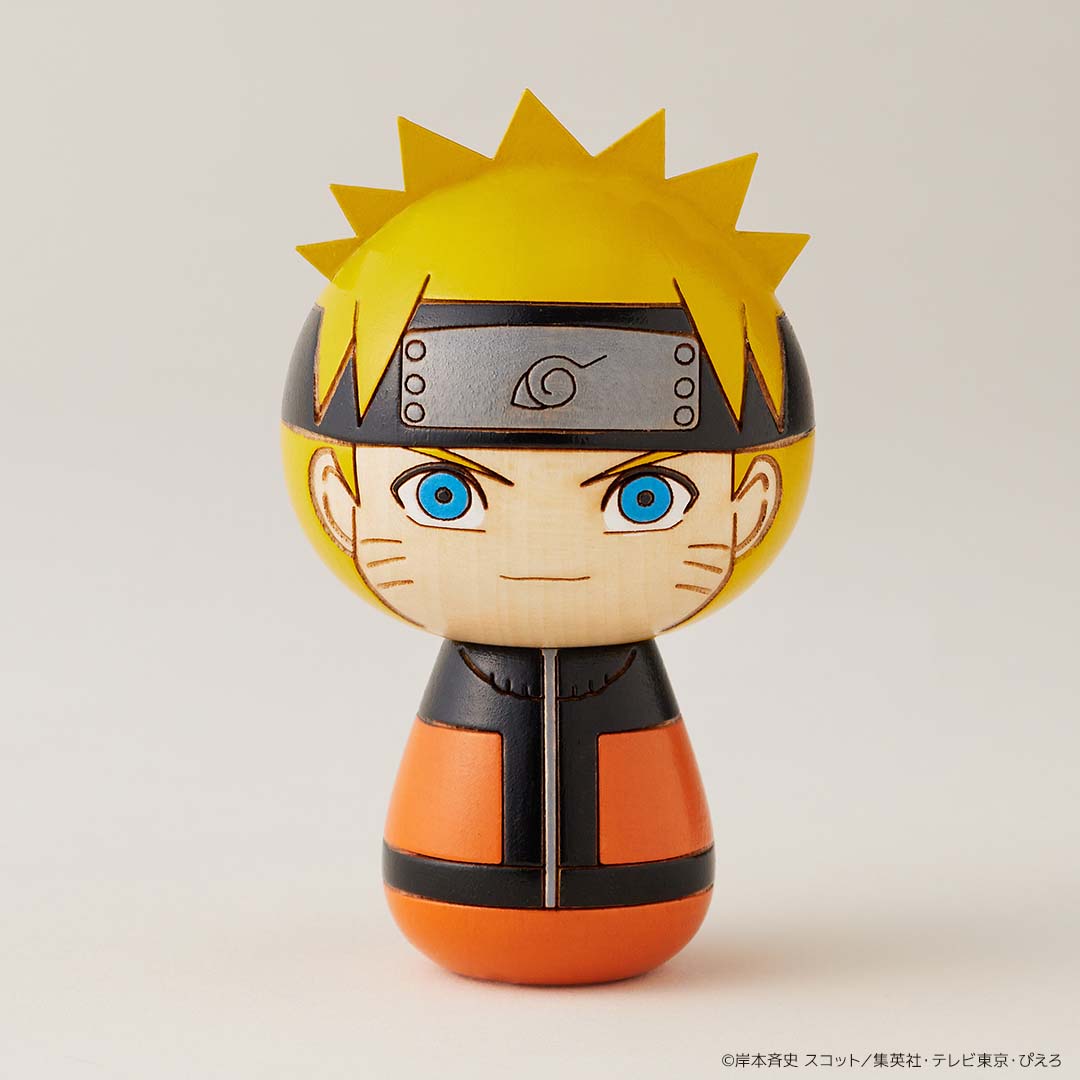
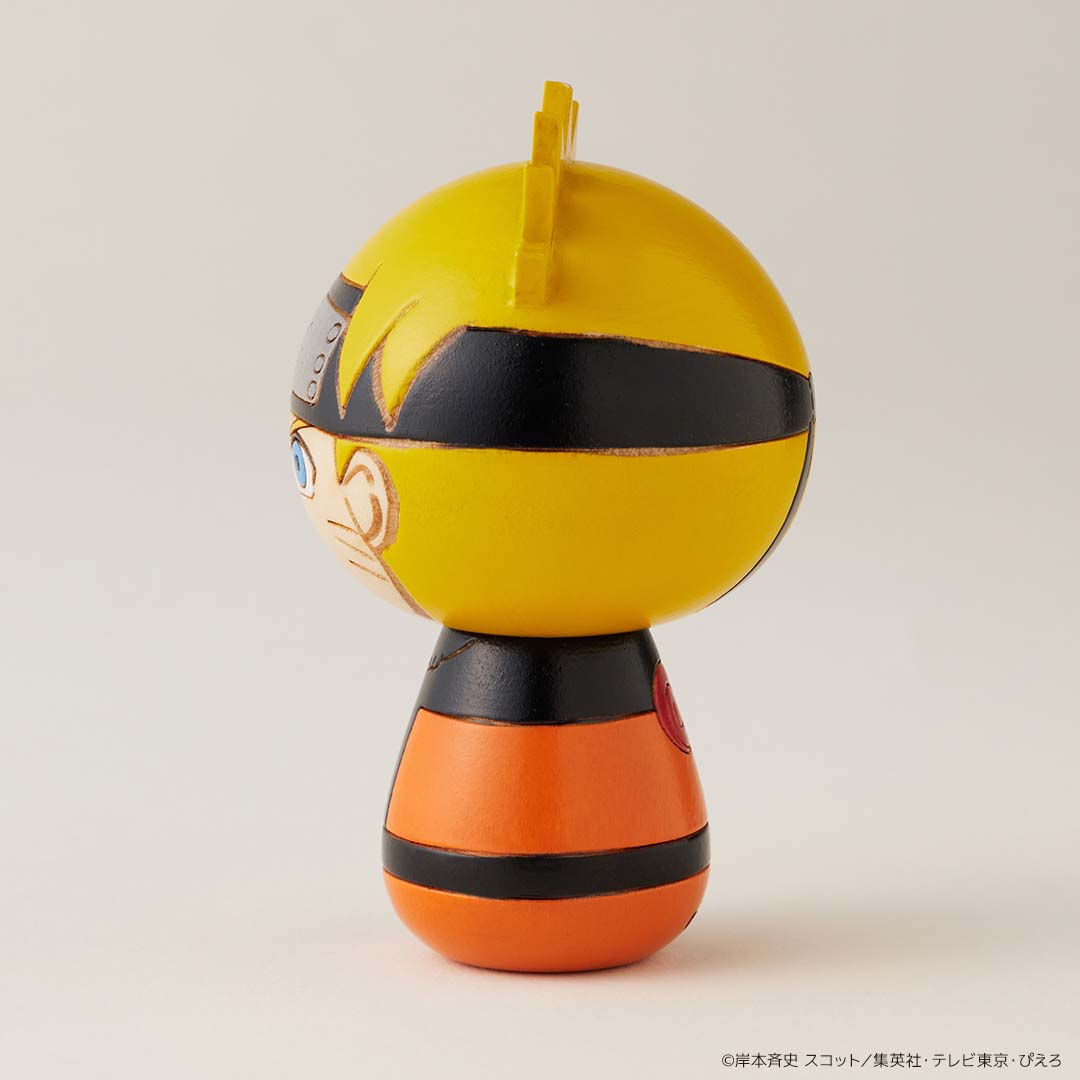
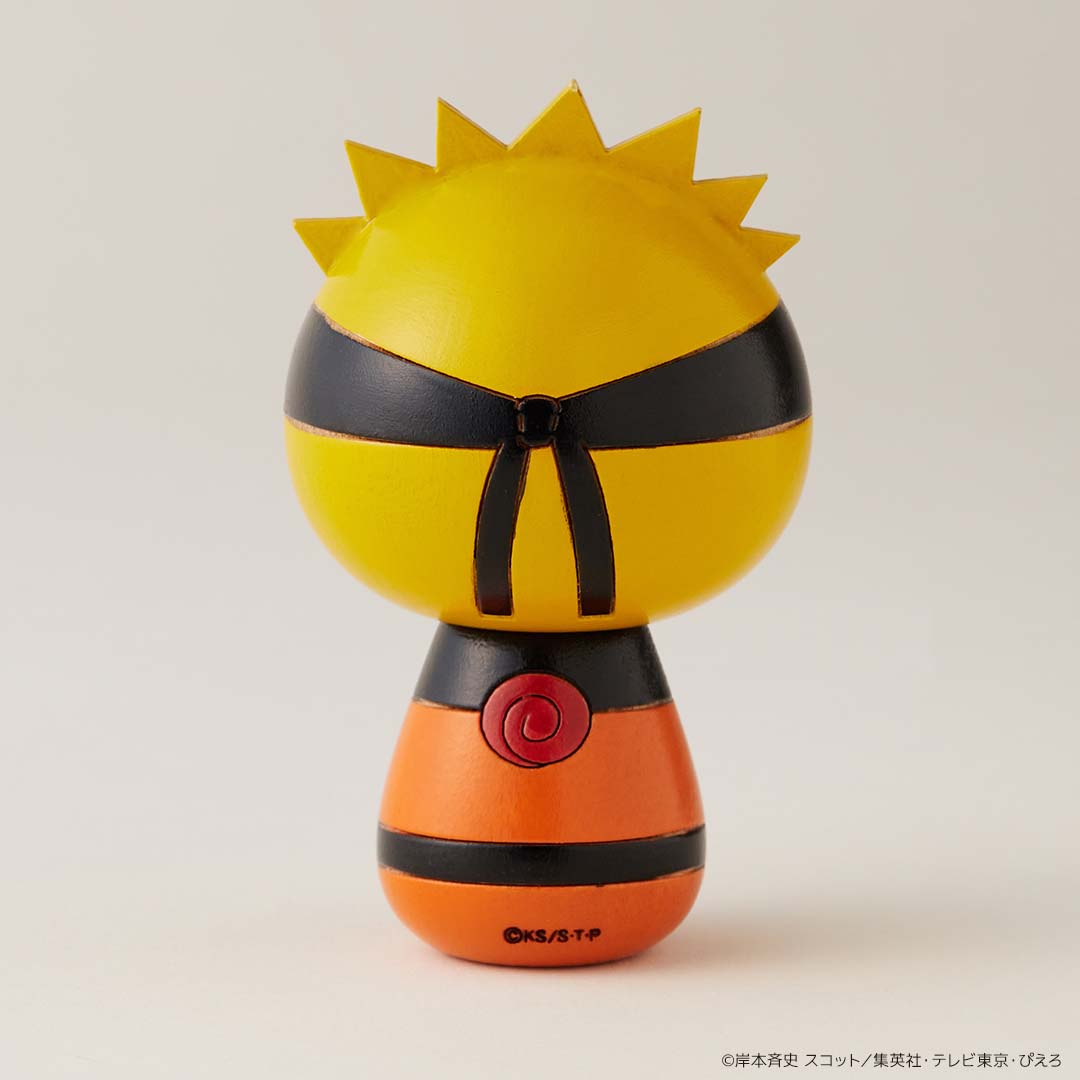
Usaburo Kokeshi Doll – Sasuke Uchiha
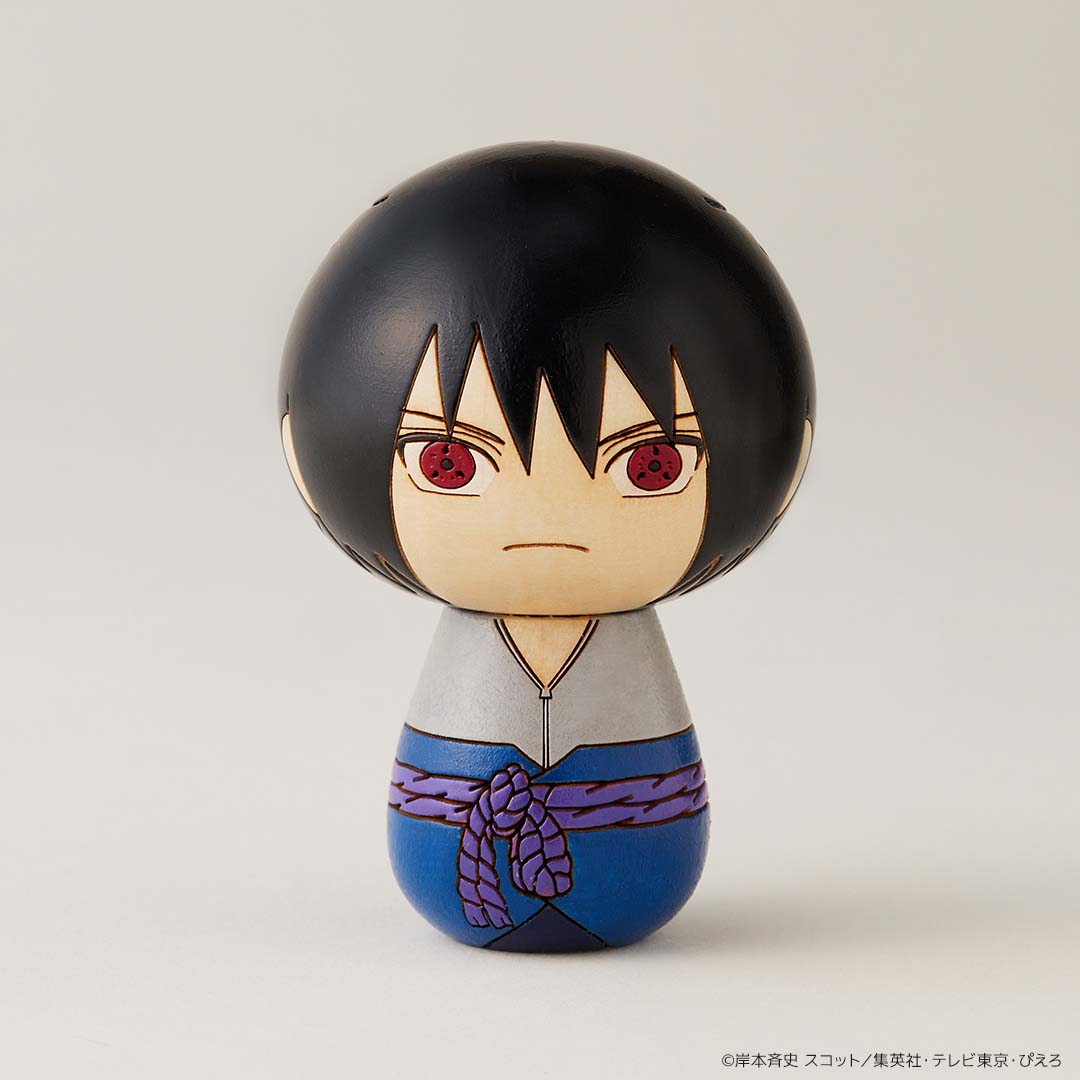
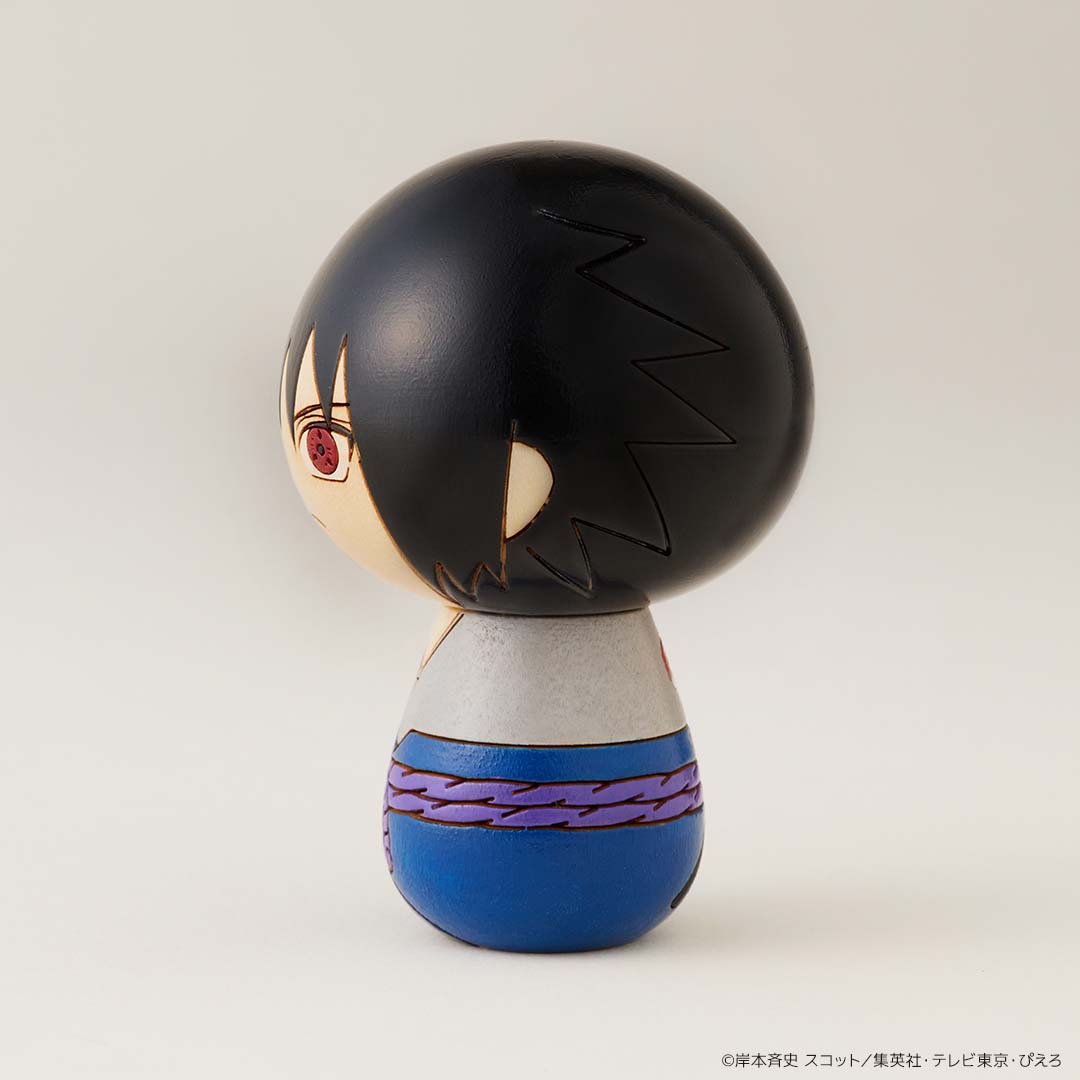
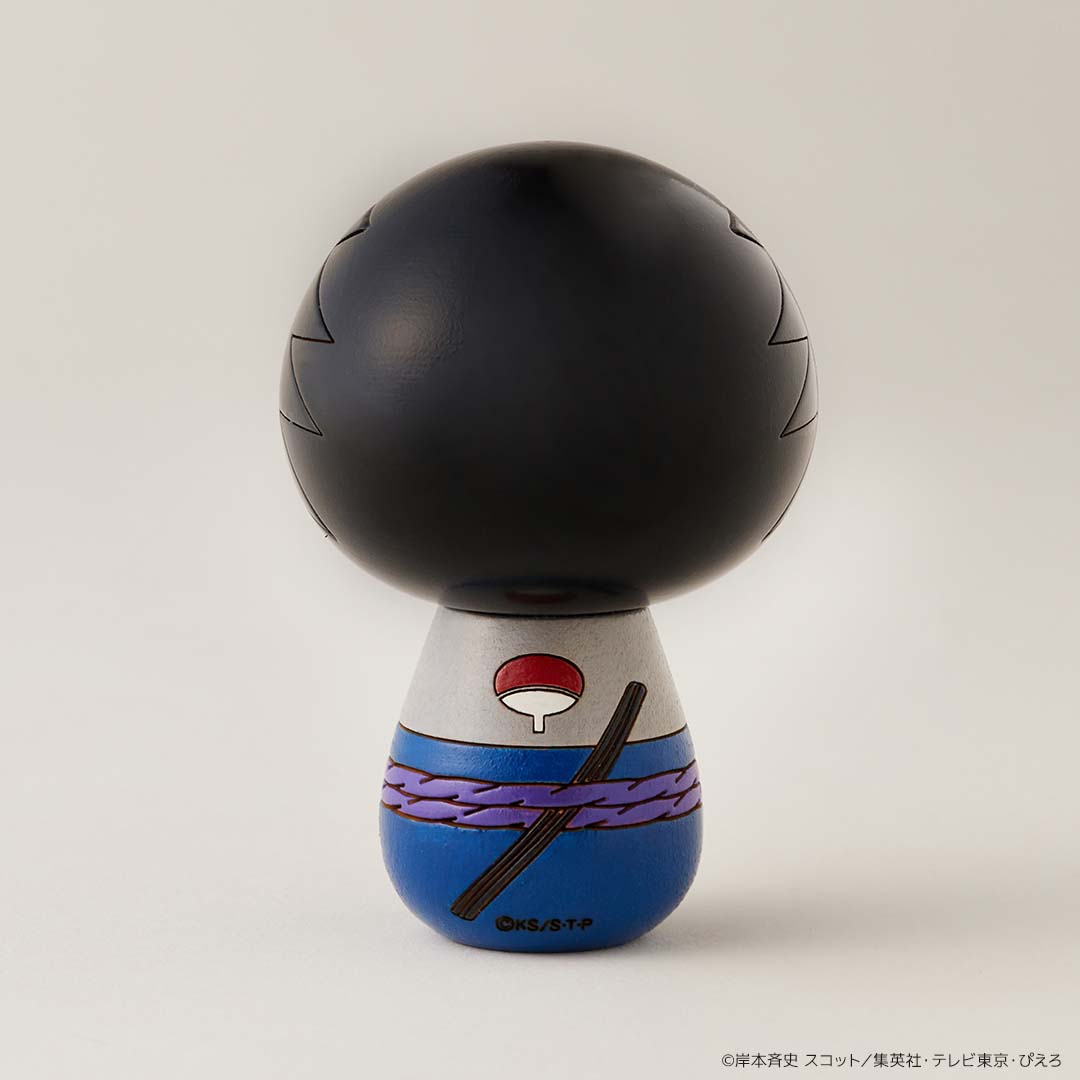
These adorable dolls completely recreate both character’s outfits and hairstyles, and the designers clearly focused on the small details. Enjoy these palm-sized versions of your favorite Naruto characters!©岸本斉史 スコット/集英社・テレビ東京・ぴえろ
Information
Naruto Kokeshi Dolls from Usaburo Kokeshi
Details/Preorders: https://tfansite.jp/feature/naruto2207
Orders Open August 3, 2022 at 11:00
Release Date: Late October 2022
-
Creative Social Media Site Behance Promotes Traditional Japanese Culture in New Project
29.June.2022 | FASHION
Behance, the world’s largest creative social media network, has started a new project to promote Japanese traditional culture and arts and crafts to the world. Works on Behance will be transformed into NFTs, with the goal to establish a new way for traditional craftsmen to profit from their work.
Japan’s traditional arts and crafts are well-known by many around the world. On the other hand, challenges still remain as many regions’ traditional manufacturing industries are digitized. Sharing more detailed information about these crafts with overseas markets has also been difficult.
According to the “Survey on the Revitalization of Local Traditional Manufacturing Industries” published by the Development Bank of Japan in 2018, Japan’s traditional arts and crafts industry peaked around 1980. Due to the recession caused by the burst of the bubble economy, the rise of inexpensive foreign products, and changes in lifestyle, the amount of production has been declining year by year. Compared with the peak period, current production has dropped to one-fifth or about 100 billion yen. The workers involved in traditional crafts are also aging, making it difficult to pass on their skills to younger creators.
On Behance, users can not only get inspiration from other people’s work but can also publish their own works and receive helpful feedback and comments. Marketing professionals also use Behance to find creators for campaigns and collaborations, and previously, a Japanese creator who had uploaded his work to the social media site was asked to illustrate the cover of the New York Times.

This project is designed to promote traditional Japanese arts and crafts in the hopes of supporting their continued development in the face of many difficult conditions.
-
‘Doraemon: Nobita’s Little Star Wars 2021’ Film Inspires Limited Edition Ukiyo-e Prints
05.April.2022 | ANIME&GAME / FASHION
Fans of Doraemon and traditional Japanese artwork won’t want to miss this special collaboration! On March 30, preorders will open for ukiyo-e prints inspired by the film ‘Doraemon: Nobita’s Little Star Wars 2021.’ These limited-edition pieces were created by Iwano Ichibei, a Living National Treasure.
The prints show Doraemon and friends along with the alien Papi and the special gadget the “Small Light.” The tool is giving off light depicted in a traditional Edo pattern believed to bring good luck, and the characters are shown inside its silhouette.
Ukiyo-e Woodblock Print Production
Engraving by Craftsman
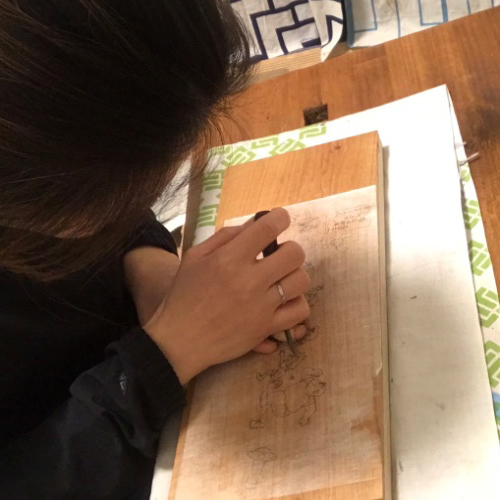
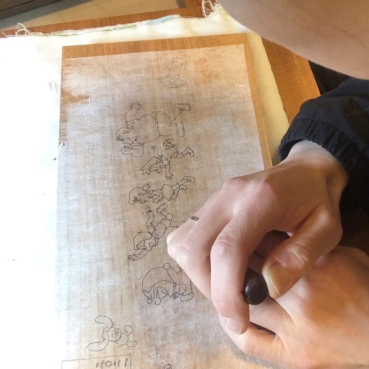
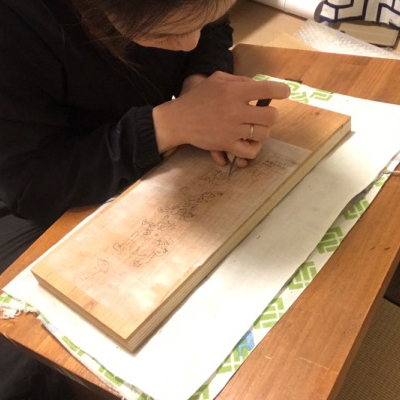
Printing by Craftsman
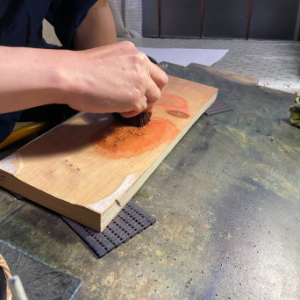
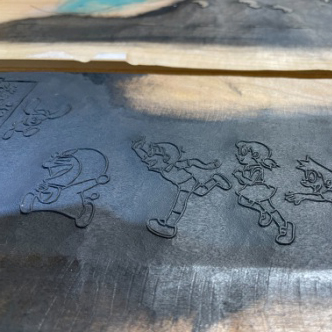
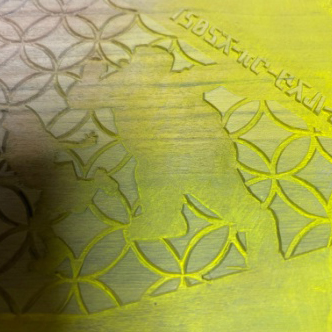
First, a sketch is made, and a monochrome version of the print is carved. After carving a number of woodblocks for each color and using them to rub the painting tirelessly to bring it to life, one single woodblock print is completed.
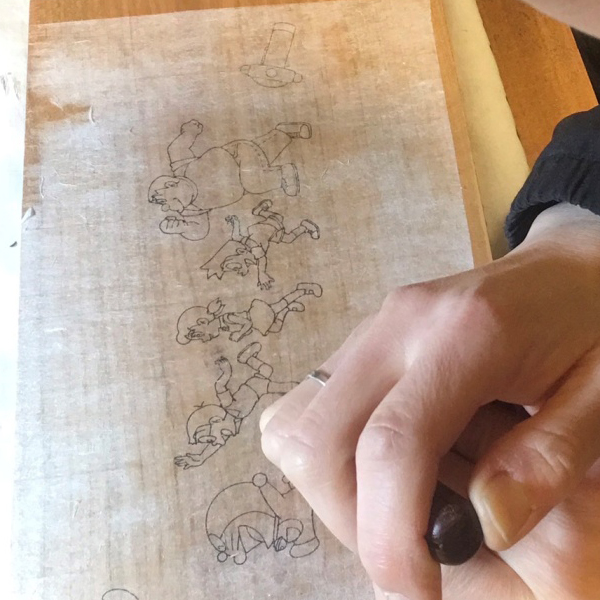
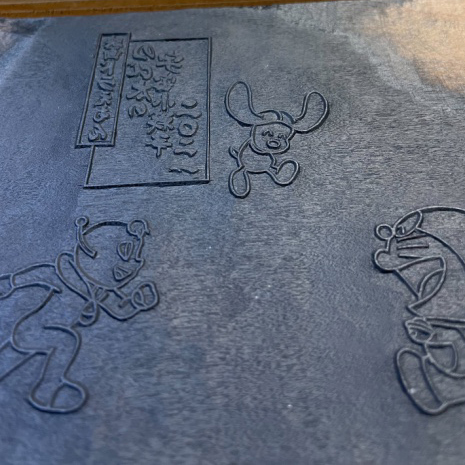
The extremely delicate and advanced techniques these craftsmen utilize have been passed down from the Edo period. Imagine having one of these beautiful pieces hanging in your home!
Information
‘Doraemon: Nobita’s Little Star Wars 2021’ Commemorative Ukiyo-e Prints
Preorders Open: March 30, 2022
Price: ¥33,000 (Excluding Tax and Shipping Charges)Quantity: 300
Painter: Living National Treasure Iwano Ichibei
Online Shop: http://ukiyoework.com/ -
Artist Maki Ohkojima Collaborates with UpcycleLino to Create Sustainable Items
20.October.2021 | FASHION
Artist Maki Ohkojima is inspired by life and the environment. UpcycleLino is creating completely recyclable products that produce zero waste. It makes sense that these two would collaborate, and their new items ask people to think more about their relationship with nature. With a theme of ‘circulation,’ these items will be on sale at participating shops around Japan and online.
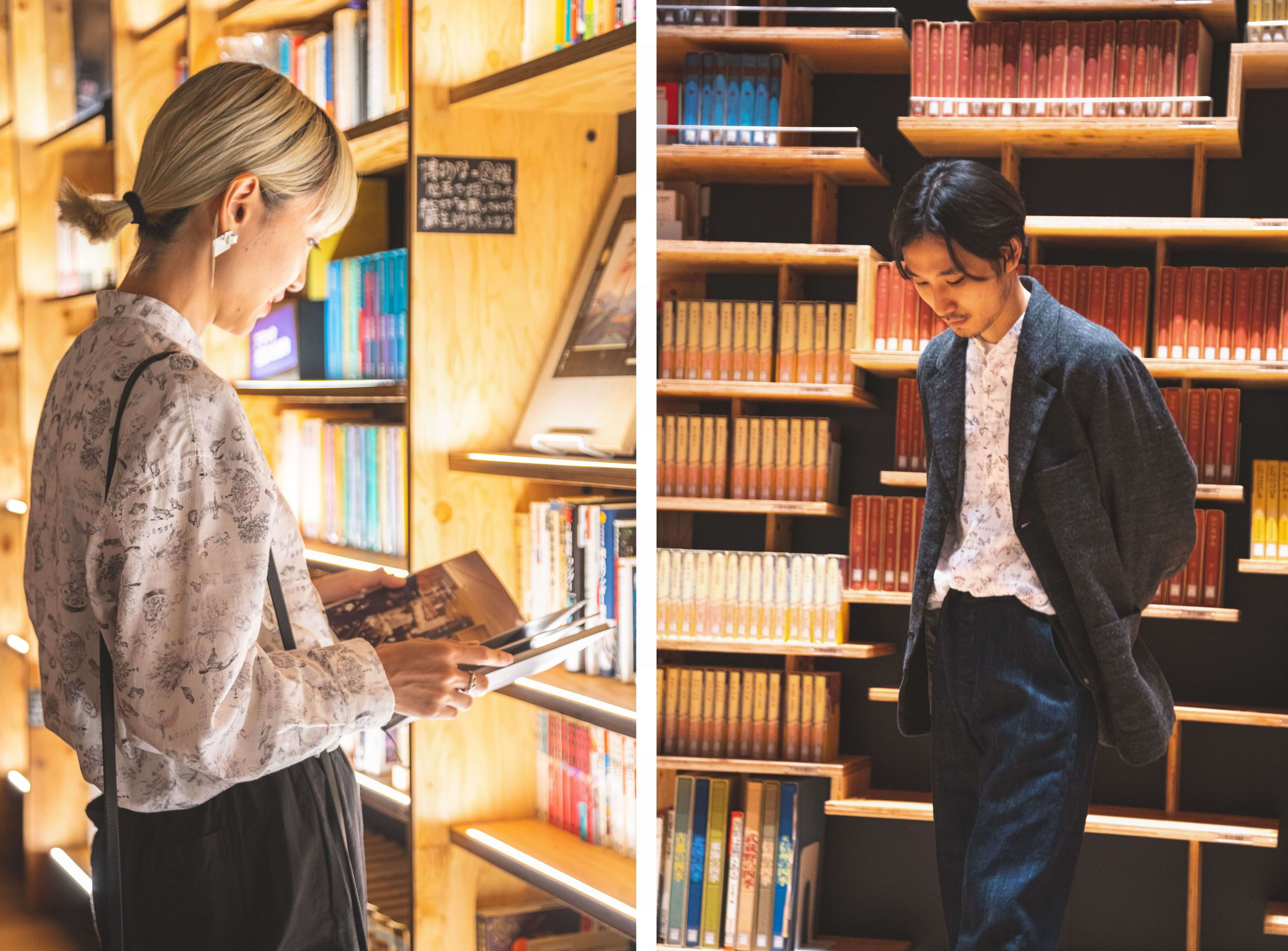
UpcycleLino × MANDALĀJU Big Band Collared Shirt
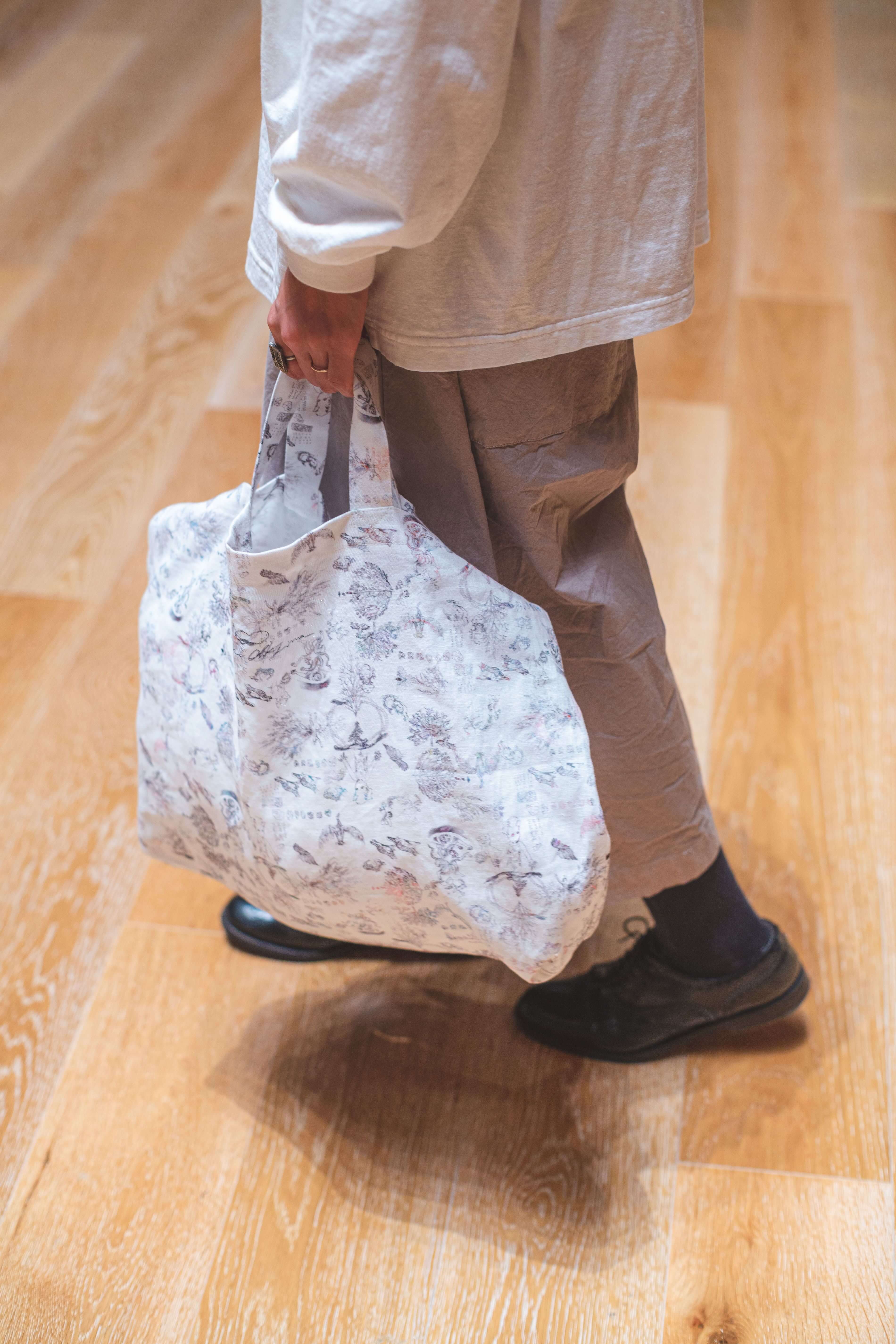
UpcycleLino × MANDALĀJU Sketched Tote Bag
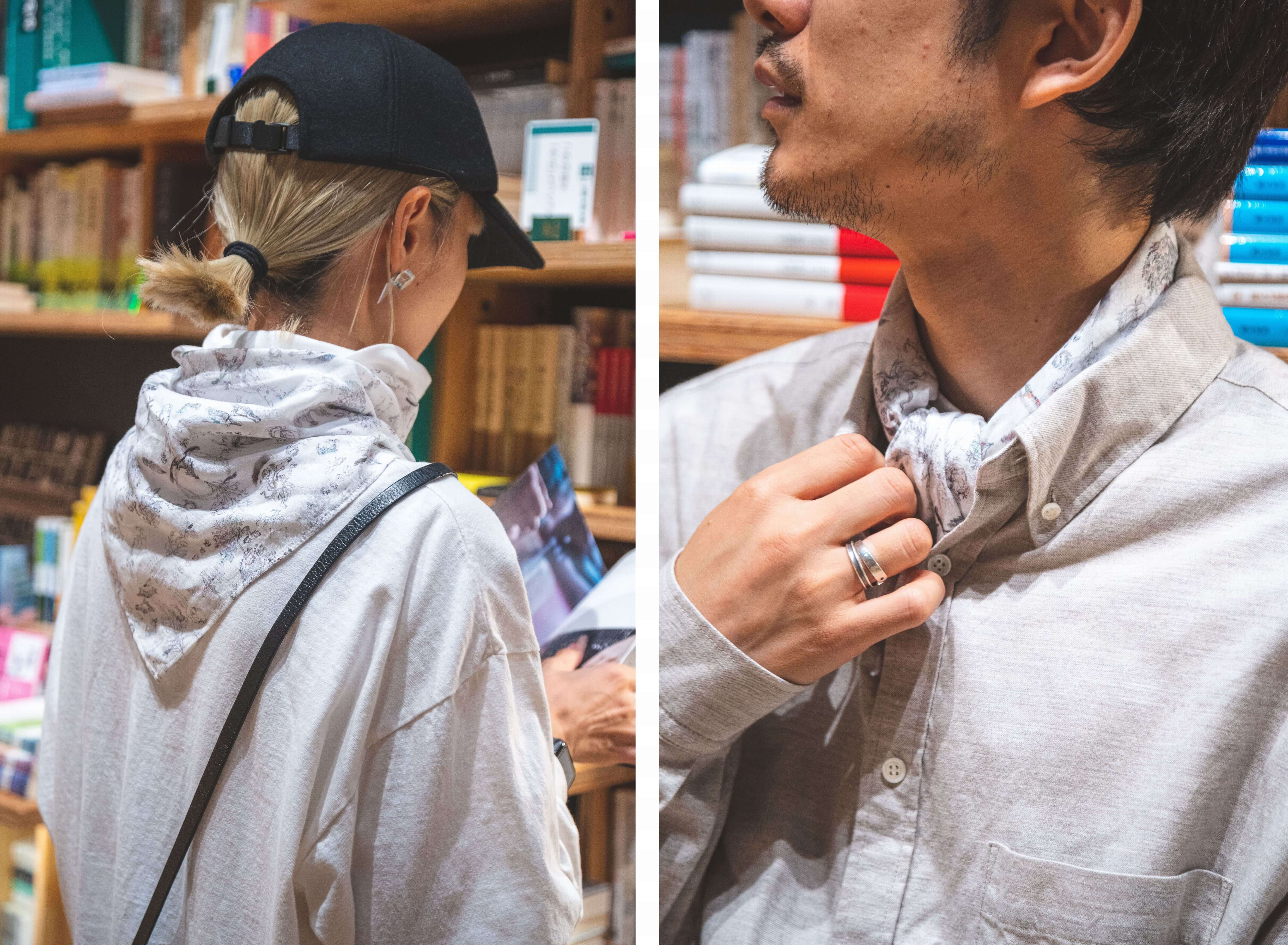
UpcycleLino × MANDALĀJU Scarf
The ‘Tree of Life’ project is inspired by the theme of coexistence between the environment and all living things. It is important to protect limited resources for future generations. UpcycleLino is a completely sustainable company, using fabric scraps from other projects to create brand new clothes.
People, animals, insects, plants, and all other living things exist in the circle of life, and this is the message conveyed through Maki Ohkojima’s art. What can we do to better coexist with the planet?
©角川武蔵野ミュージアム
Information
Kadokawa Musashino Museum ‘Maki Ohkojima Art Exhibition – Perforated Spiral’
Date: October 8, 2021 ~
Address: Kadokawa Musashino Museum (3-31-3 Higashi Tokorozawa, Saitama)
Hours: Sunday-Thursday: 10:00-18:00 (Last Entry at 17:30) / Friday, Saturday: 10:00-20:00 (Last Entry at 19:30)
Official Site: https://kadcul.com/
Collaboration Items
October 8, 2021~
Where to Buy:
Kadokawa Musashino Museum Shop
nest Robe: https://store.nestrobe.com/nestrobe/ / CONFECT Online Shop and the following shop locations: Omotesando, Ginza, KITTE Marunouchi, Takasaki, Umeda, Kyoto, Nagoya, Okayama, Hiroshima, Fukuoka, Osaka Takashimaya
-
10-Day Sustainability Themed Event ‘Love Earth, Love Us’ to Open at Sendai PARCO
Sendai PARCO will begin a 10-day event focusing on the idea of sustainability starting September 17 and concluding September 26, 2021. ‘Love Earth, Love Us’ will highlight sustainability-related products and services available at the shops within Sendai PARCO, and a web page has already been opened to get people thinking about this important subject. Those purchasing or using any of these products and services will receive certain added bonuses, as a way to raise awareness and give back to those making an effort to support the health of the planet.
The main visual used in promoting the event was drawn by Toshiya Nakashima, and depicts Mount Vinicunca in Peru, often called Rainbow Mountain. The drawing was commissioned by Heralbony, an art gallery featuring pieces by those with intellectual disabilities, who will also hold a limited-time pop-up shop inside Sendai PARCO during the event. The shop will sell unique items, including hand towels featuring this gorgeous portrait of Rainbow Mountain, so don’t miss out!
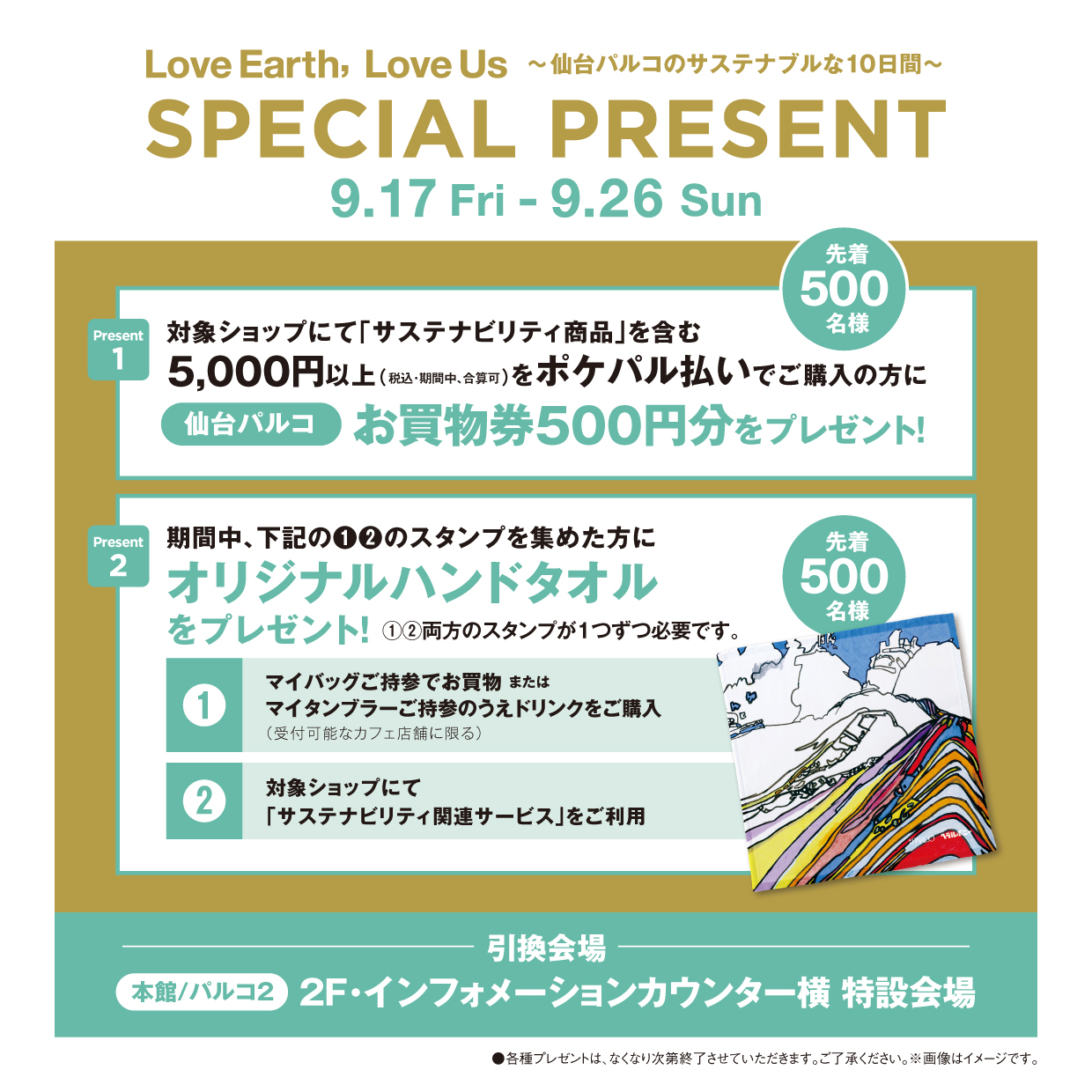
Information
Love Earth, Love Us at Sendai PARCO
Campaign Period: September 17-26, 2021
Details: https://sendai.parco.jp/page/sustainability/
Official Site: https://sendai.parco.jp/
Heralbony Pop-Up Shop
Running: September 17-19, 2021
Location: PARCO 2/2F Special Venue
-
Results of First Japanese Traditional Culture Grand Prix Announced
09.September.2021 | FASHION / Uncategorized
With 130 entries submitted from all parts of Japan, the 8 winners of the first Japanese Traditional Culture Grand Prix have finally been announced. The contest was spearheaded by the Japan Traditional Culture Promotion Project, established in May 2020 as a collaborative effort among companies, associations, and local governments to establish a sustainable framework for the continued development of Japanese traditional culture.
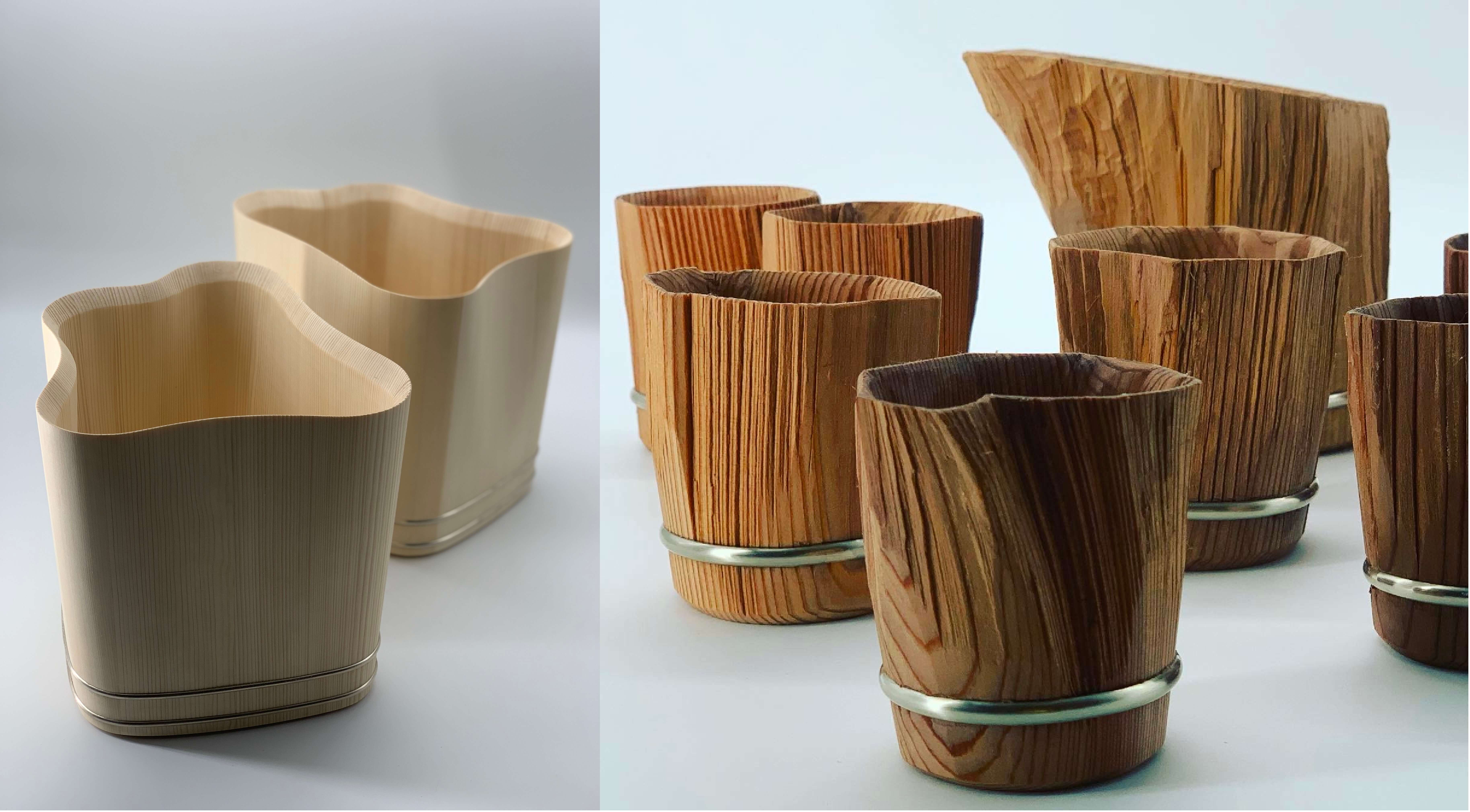
Grand Prix Winner: Nakagawa Woodcrafts Hira Studio “Wave” series (left) “YORISIRO” series (right)
The winner of the top prize was Nakagawa Woodcrafts Hira Studio, in which the craftsmen still use a 700-year-old technique to create their famous wooden buckets. These buckets, once used for storing rice and miso, are still used today for a variety of different purposes, from bathing to cooling champagne! In stepping away from their typical works, the Nakagawa Woodcrafts studio created the more freeform “Wave” series, and the name surely fits–each bucket looks too free to have been manmade. The “YORISIRO” series, rather, keeps the natural curvature of the wood. Both are signature pieces of traditional Japanese artisanal culture.
Runner-up: Cubism in Calligraphy “Natural Stance,” Atelier Sisyu, Sisyu

Excellent Award: Kyo Braided Cords Sanjiku-Kumiori “Kujaku Kouki,” Saiko Ltd., Koichiro Murokado
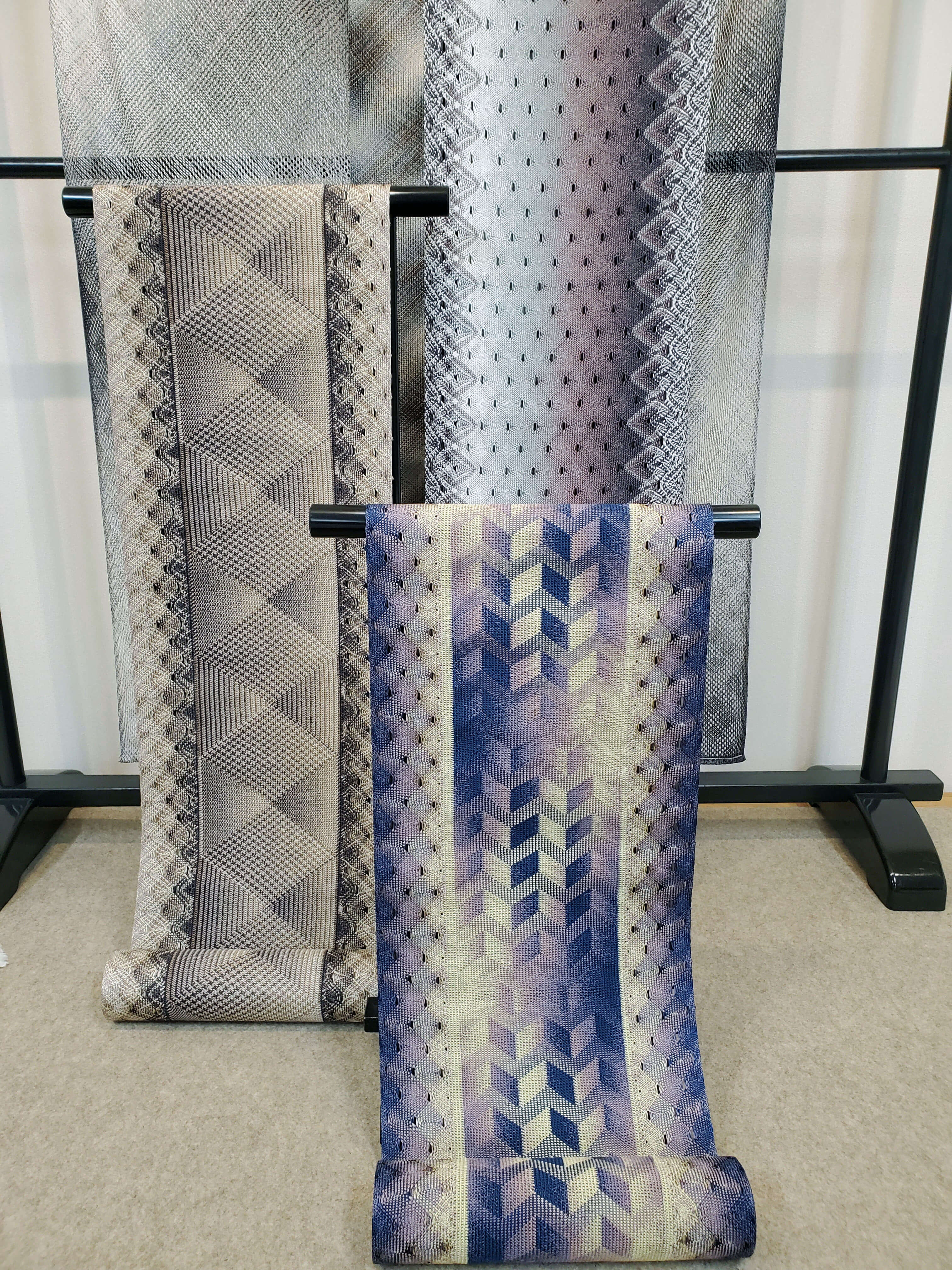
Excellent Award: Structured System “Kumiko Endurance Wall,” Tosa Kumiko Co., Daisuke Iwamoto
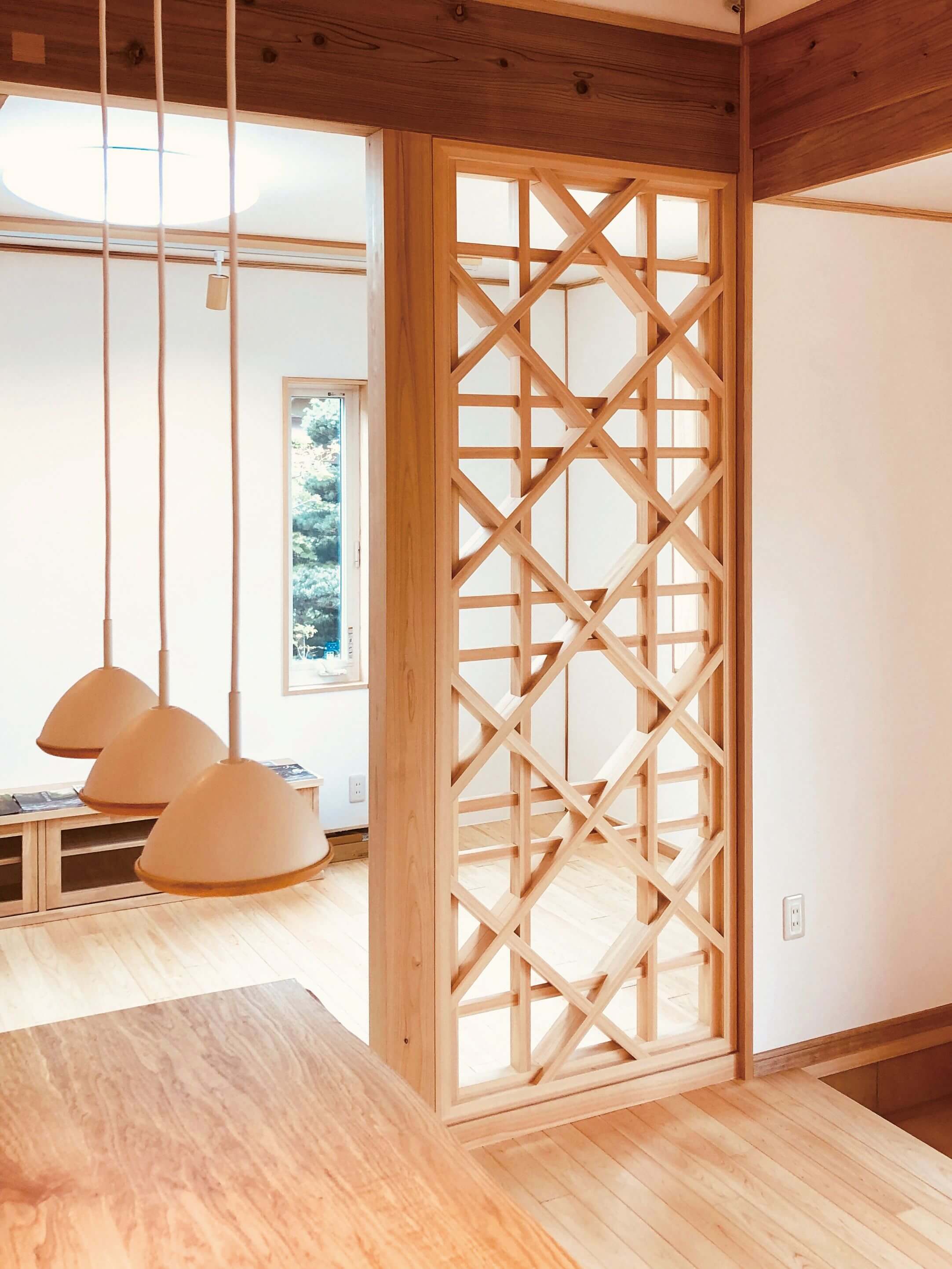
Excellence Award: Porcelain “Yuragi” Hiroshi Taruta
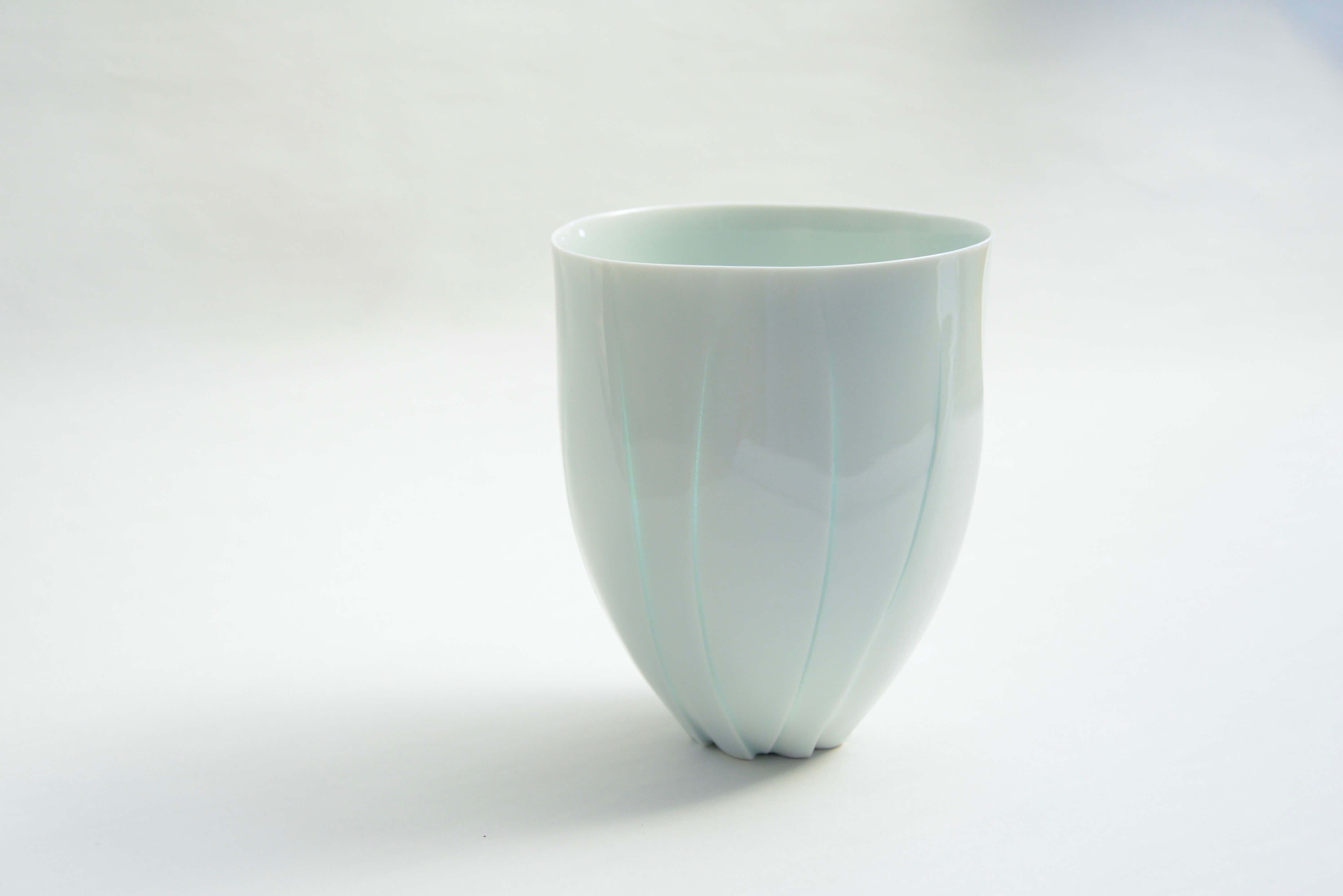
Excellence Award: Lacquer Art “Tataeru” Shinsuke Aoki.
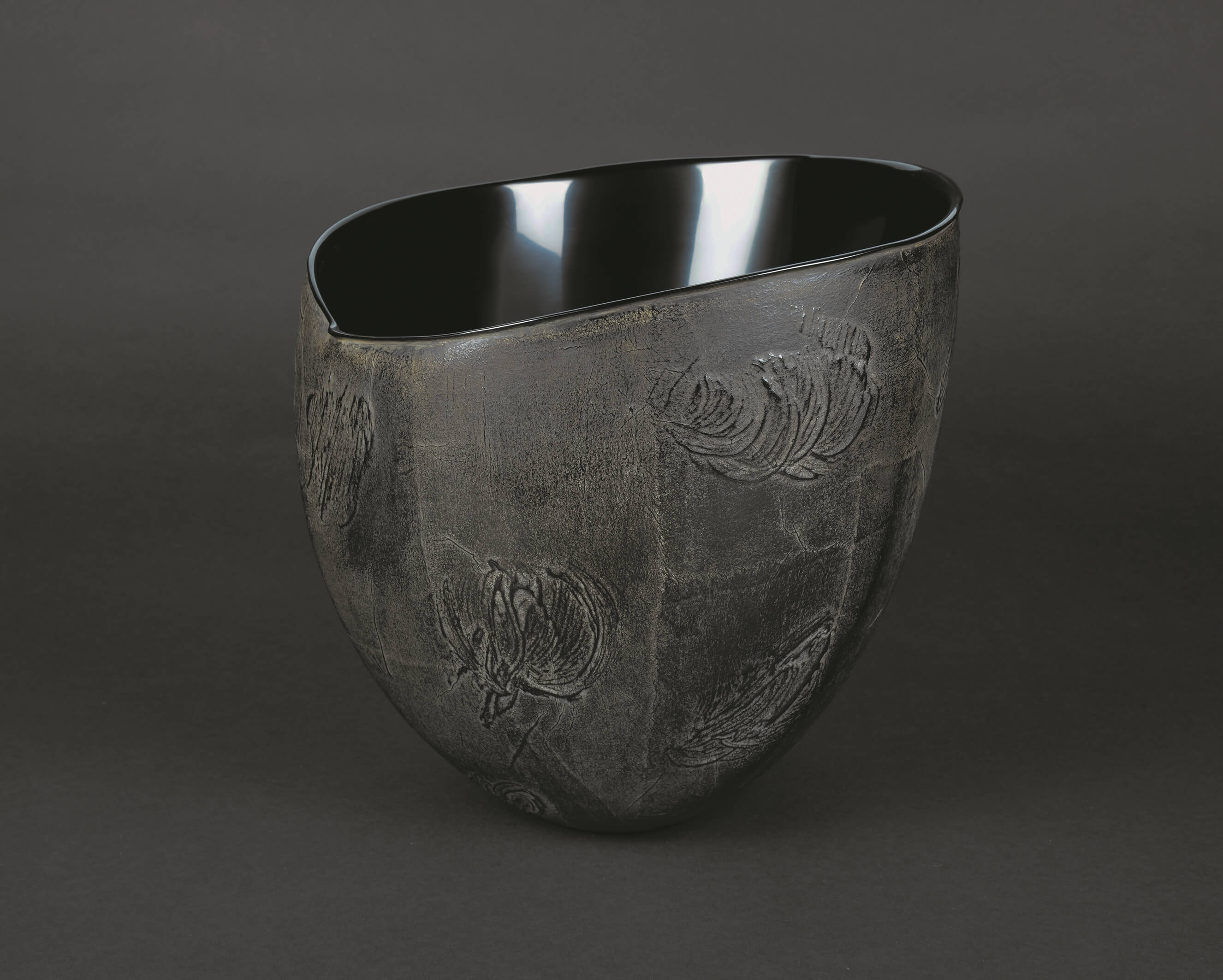
Excellent Student Award: Picture Frame “KOZAI” Ryohei Nomura.
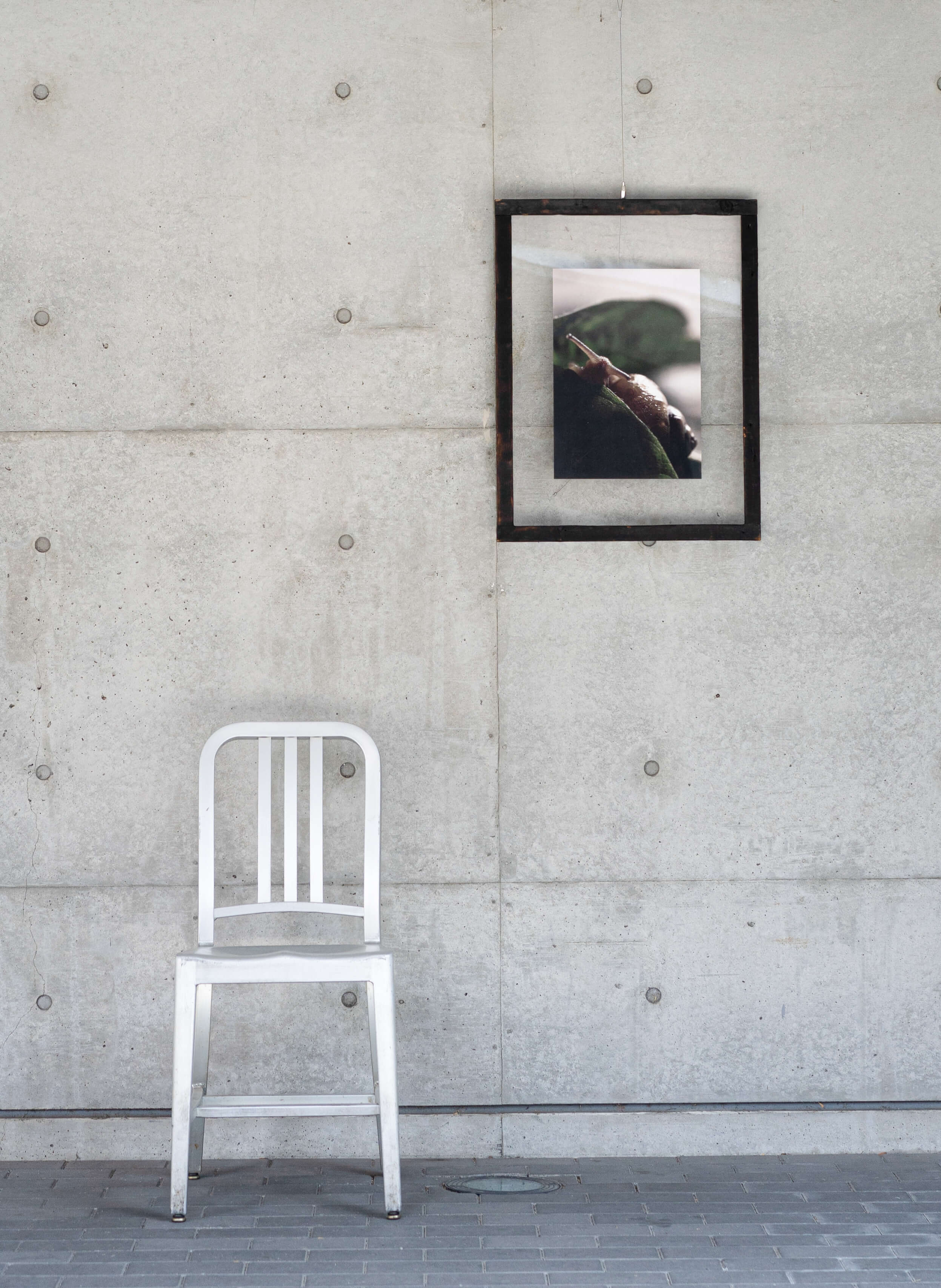
Special Award: Rinku, a group of young female craftswomen from the Toukai region
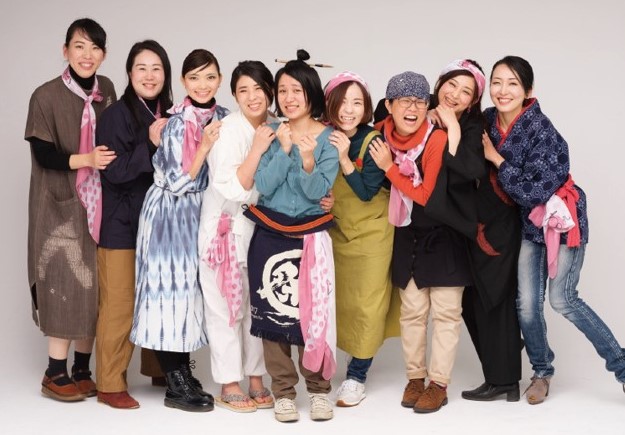
The Japan Traditional Culture Promotion Project began this contest as a way to honor outstanding works from creators around Japan. The jury consists of 18 people from various fields, including Richard Collasse, the Chairman of Chanel LLC, and popular model Kozue Akimoto. A collection of online presentations and interviews with the winners is planned in future events, and the project aims to help these artists continue to work sustainably. The second round of applications will open in November 2021.
Information
Japanese Traditional Culture Grand Prix
Special Winners Site: https://byemotion.jp/collections/f00005
Official Site: https://jcpp.jp/
-
Japanese Lifestyle Brand athletia to Launch in UK in October
Eco-friendly Japanese skincare and lifestyle brand athletia will release its products in the UK market this October. The UK version of the brand’s website, including an e-shop, is planned to be available to consumers on October 6.
athletia was launched by Kao Group’s cosmetics manufacturer e’quipe in February 2020, and prides itself on using only environmentally friendly ingredients, containers, and packaging.
At the time of launch, the company will adopt the DTC model, concentrating on e-commerce and social media in order to show transparency and build trust within the community. During the following year, athletia aims to specifically include other companies’ e-commerce sites in its sales strategy, due to the changes the retail world has experienced due to COVID-19.
European consumers have high standards when it comes to sustainable products, social contributions, and corporate transparency, and athletia is confident it can meet the level of excellence needed for further growth in the region. Using the UK as a foothold, athletia plans to expand to other European countries within three years.
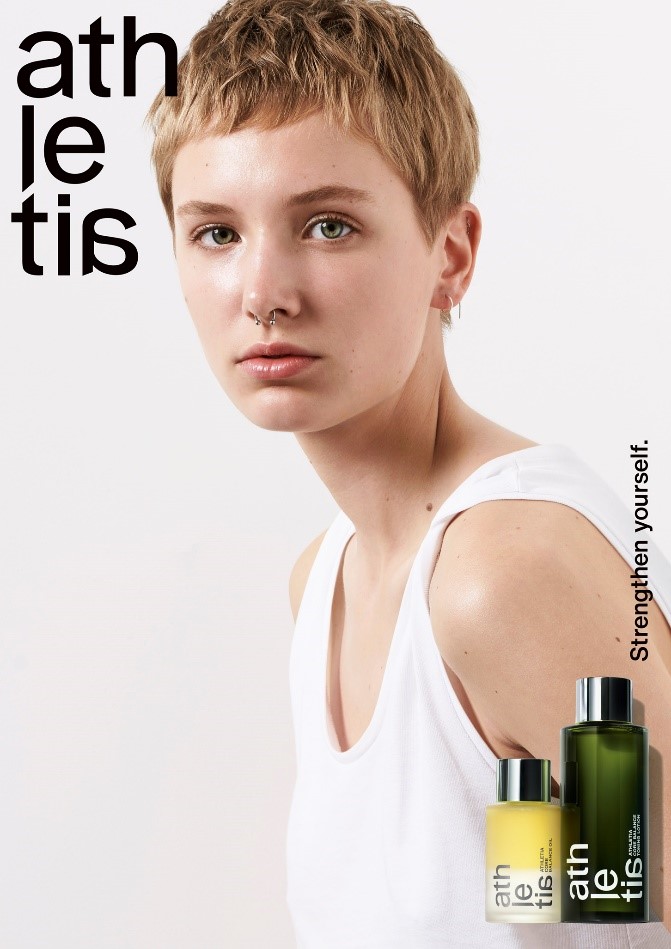
-
The Meguriwa Exhibition to Touch on Sustainability in Japan
Meguriwa, a project promoting sustainability in Japan, will hold a two-day market and exhibition on November 12-13, 2021. The venue for the event isn’t a large convention center, but rather an old house forgotten by time in southern Shibuya, surrounded by new development. The space blends traditional Japanese atmosphere with a modern Western style, and promises a sense of nostalgia to all who attend.
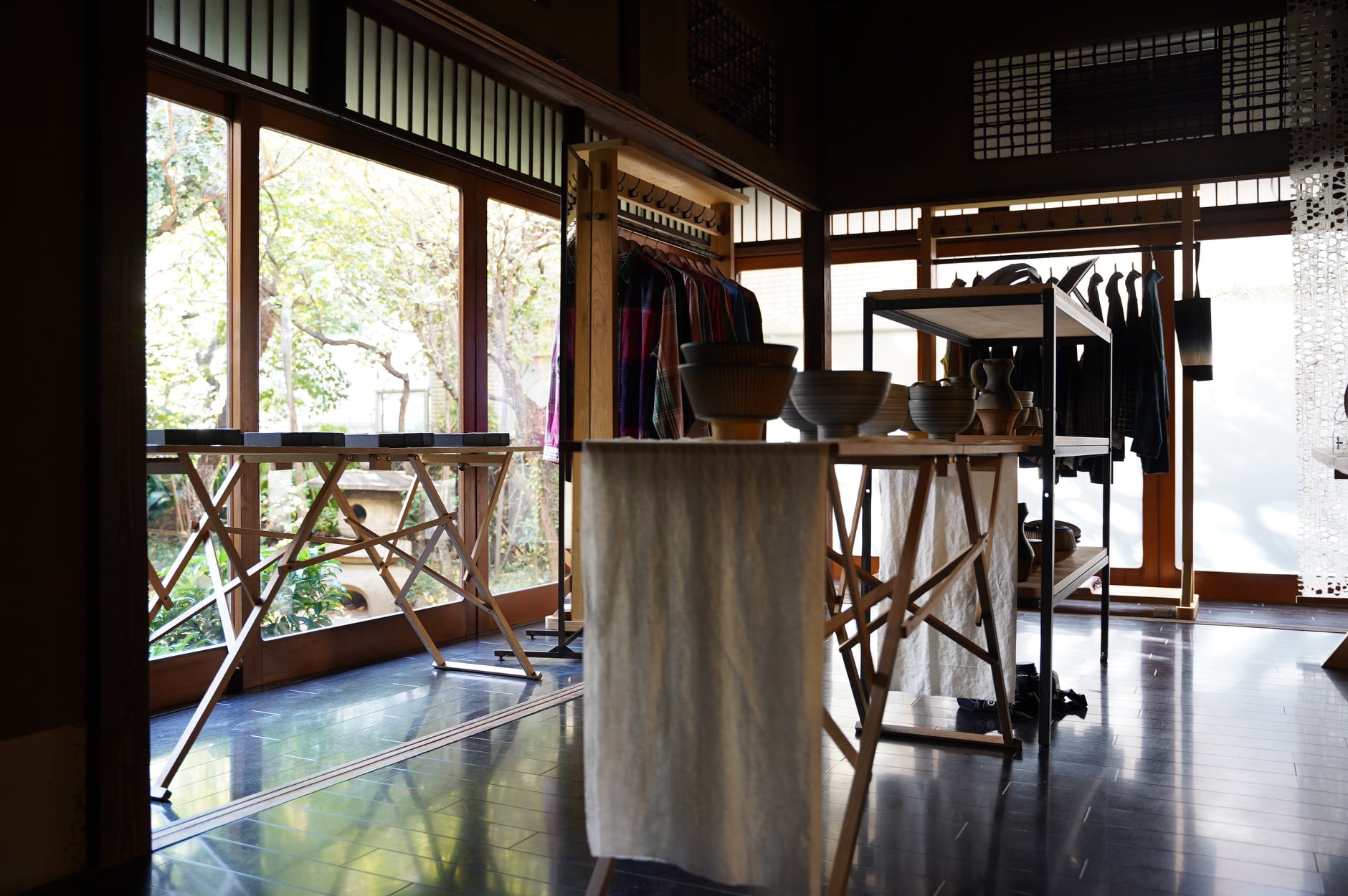
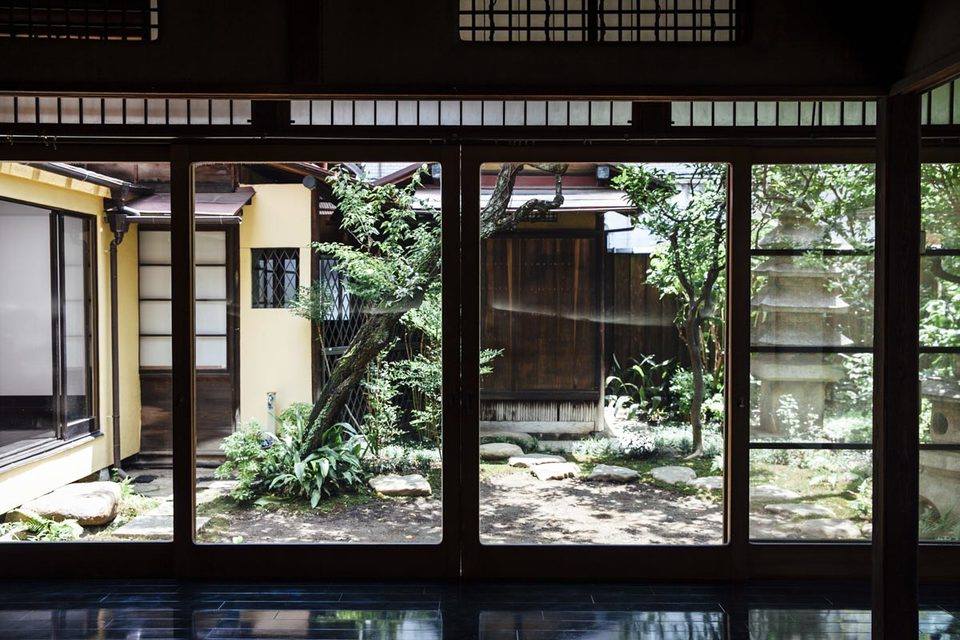

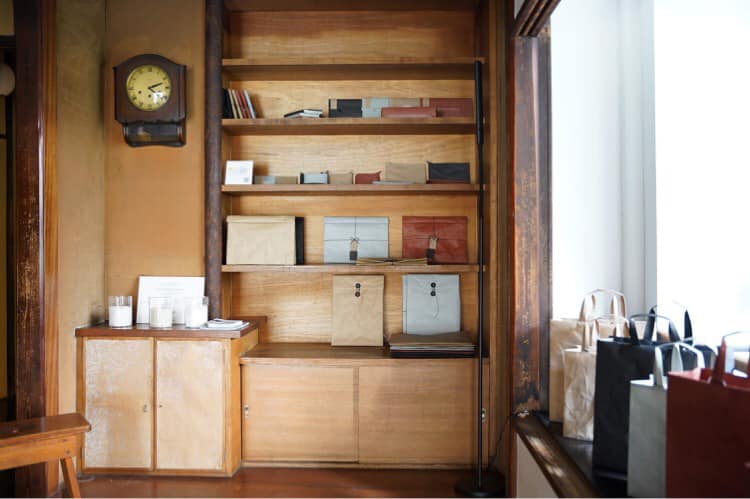
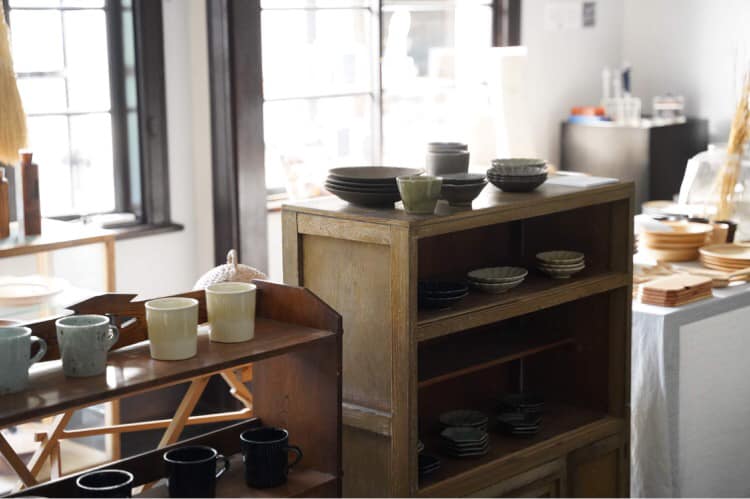
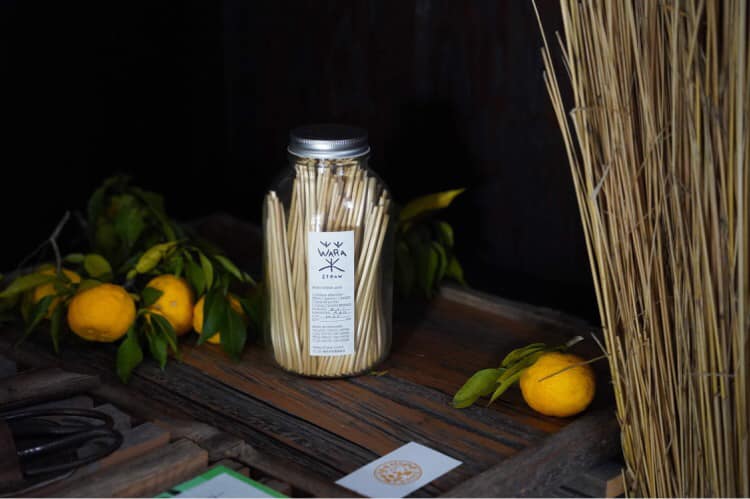
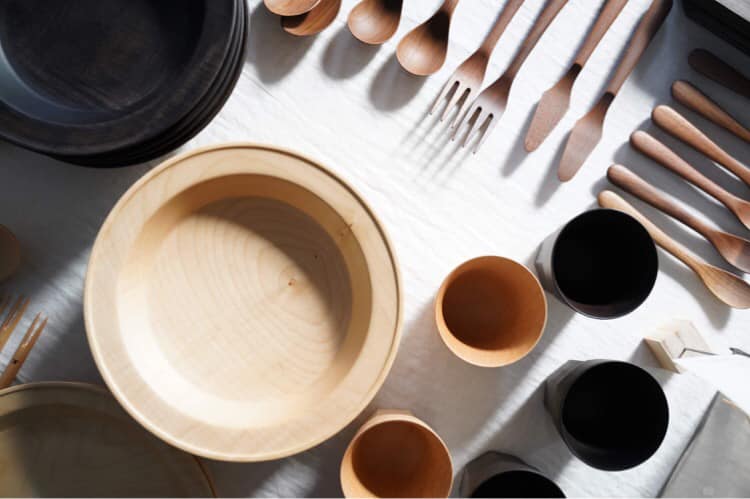
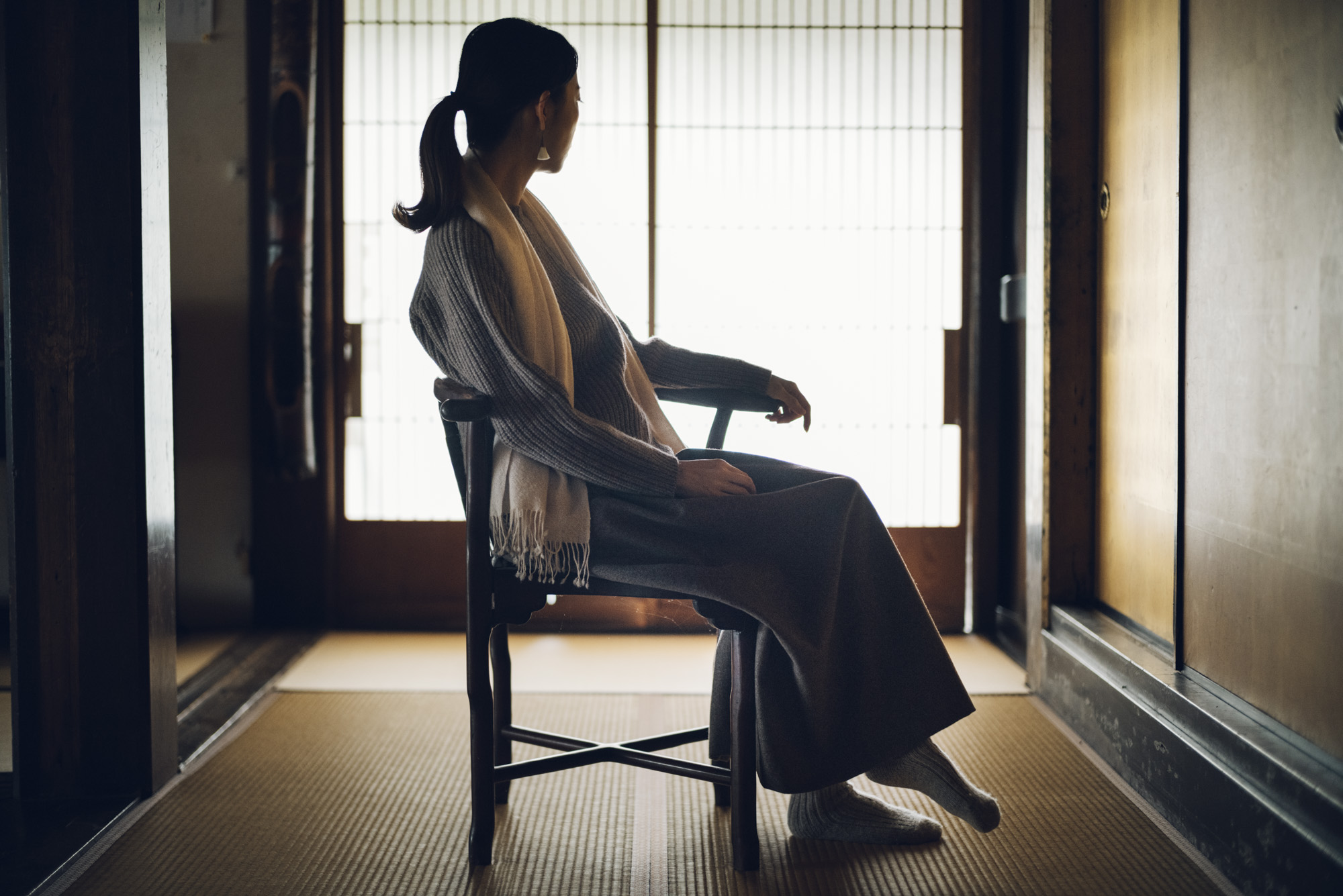
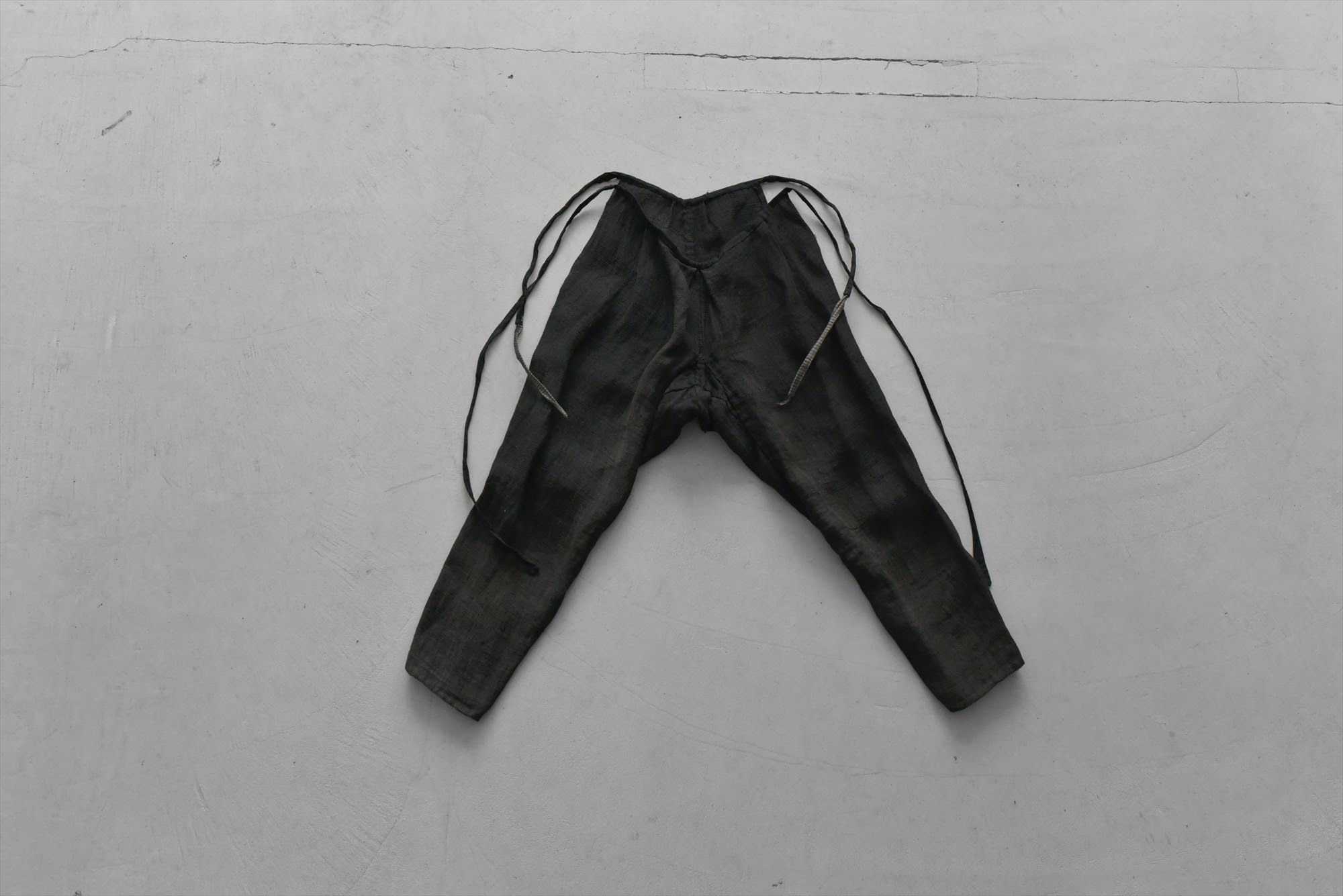
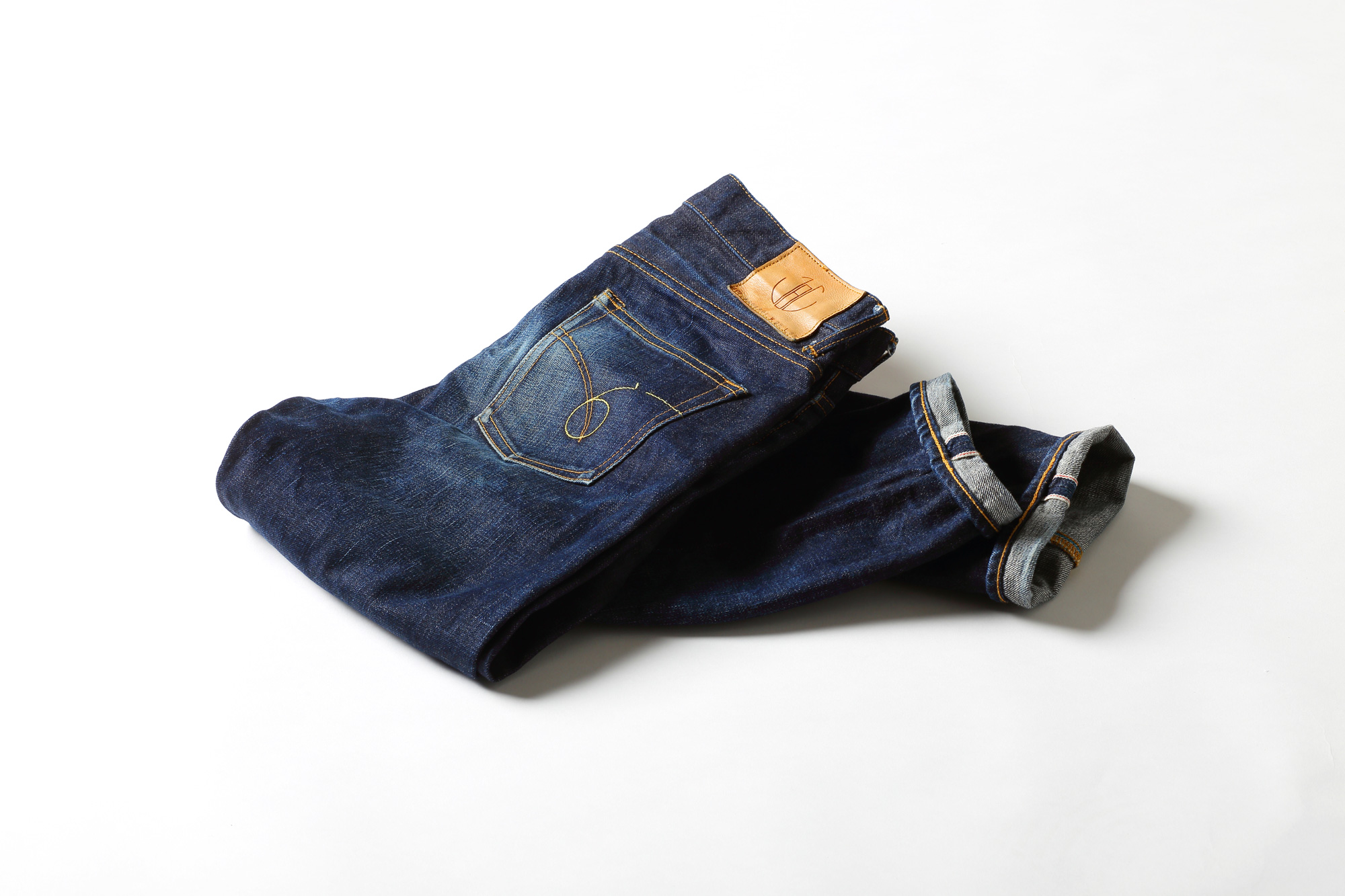
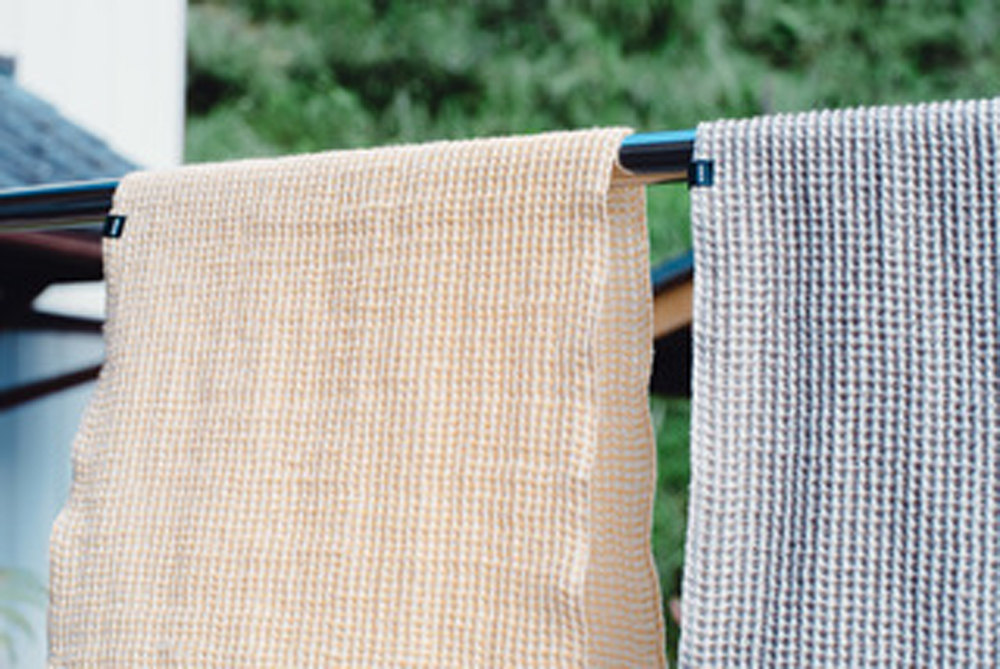
The event will bring together a large collection of artwork, products, and materials from creators and companies all over Japan who focus on recycling-centric creation. This includes products made from wood sourced from forest thinning, as well as those using a portion of proceeds to support environmental conservation efforts. In the midst of major societal changes, humans must continue to coexist with natural phenomena like climate change, viruses, and earthquakes. With this in mind, Meguriwa hopes to share their vision of a ‘circular bioeconomy,’ in which mankind doesn’t separate themself from nature, but instead both fears and appreciates it.
The event is advertised as a place where people can both learn and have fun while considering our impact on nature, and how we can impact the future. An online seminar, ‘The Meguriwa Study Hall,’ will take place each week for a month prior to the event!
This event is for a great cause. Get to know local craftsmen and more about long-term sustainability this November!
Information
Meguriwa Exhibition
Dates/Times:
November 12, 2021 10:30-19:00
November 13, 2021 10:30-18:00Location: OLD HAUS (An old house with a garden near Namikibashi)
Address: 1-26-32 Higashi, Shibuya, Tokyo
Price: Entrance Free
① Free Ticket: Free
② Priority Admission (Priority Entry): ¥1,000Details: https://peatix.com/event/1833758/
-
Art For Social Change Project Launches in Japan Using Waste to Create Art
29.July.2021 | FASHION
Innovation Design launched its new ‘Art For Social Change’ project at haishop in Shibuya Scramble Square on July 21 which sees artwork made from waste.
According to Japan’s Ministry of the Environment, 42.74 million tonnes of garbage has been thrown out since 2019. That’s the equivalent of around 115 Tokyo Domes, or 918g of waste per person everyday. The waste cannot be exported, and so real action is required to reduce the amount of waste create on the island country of Japan, especially when thinking 20 years down the road.
That’s where haishop comes in. Using caps from detergent, which are actually no longer sold, as well as plastic caps and other materials resulting from waste, it will create a new identity for waste together with consumers in the form of art. Art For Social Change aims to send a message to society to make real transformations in the world through the medium of art.
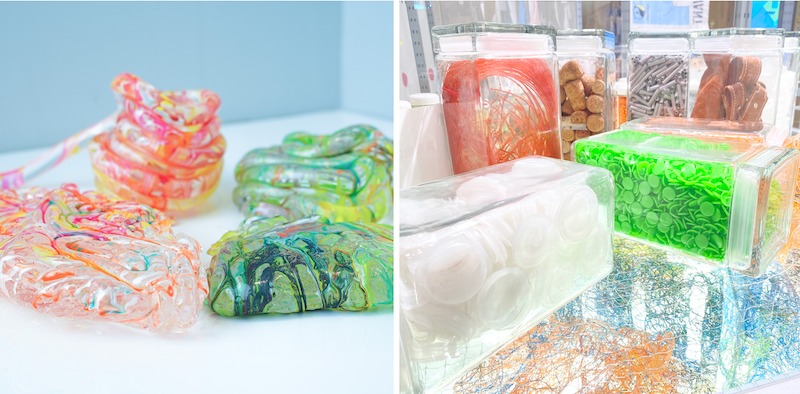
It’s easy to imagine what happens when creating a product up to its completion, but considering what happens to it after it’s been used is a lot more difficult. Every year, the available capacity at final disposal sites decreases more and more. The important topic at hand is getting everyone in Japan to really treasure the products they buy, to conceive ideas on how to prolong longevity of the things that people purchase, and construct a new society centred on recycling and reusing. And this isn’t just a Japan problem – it’s a global one. That’s the message which Art For Social Change carries.
The only conditions on participating with the project is that you agree with its goal and that you use materials on sale at haishop. Everyone is invited regardless of age or gender.
The artworks in action
4th year students from Nitobe Bunka Elementary & Junior High School used waste materials to create ‘souvenir’ theme products which the children are helping to sell at the shop. The proceeds go back to the school itself while helping teach children about new ways of reusing and recycling.
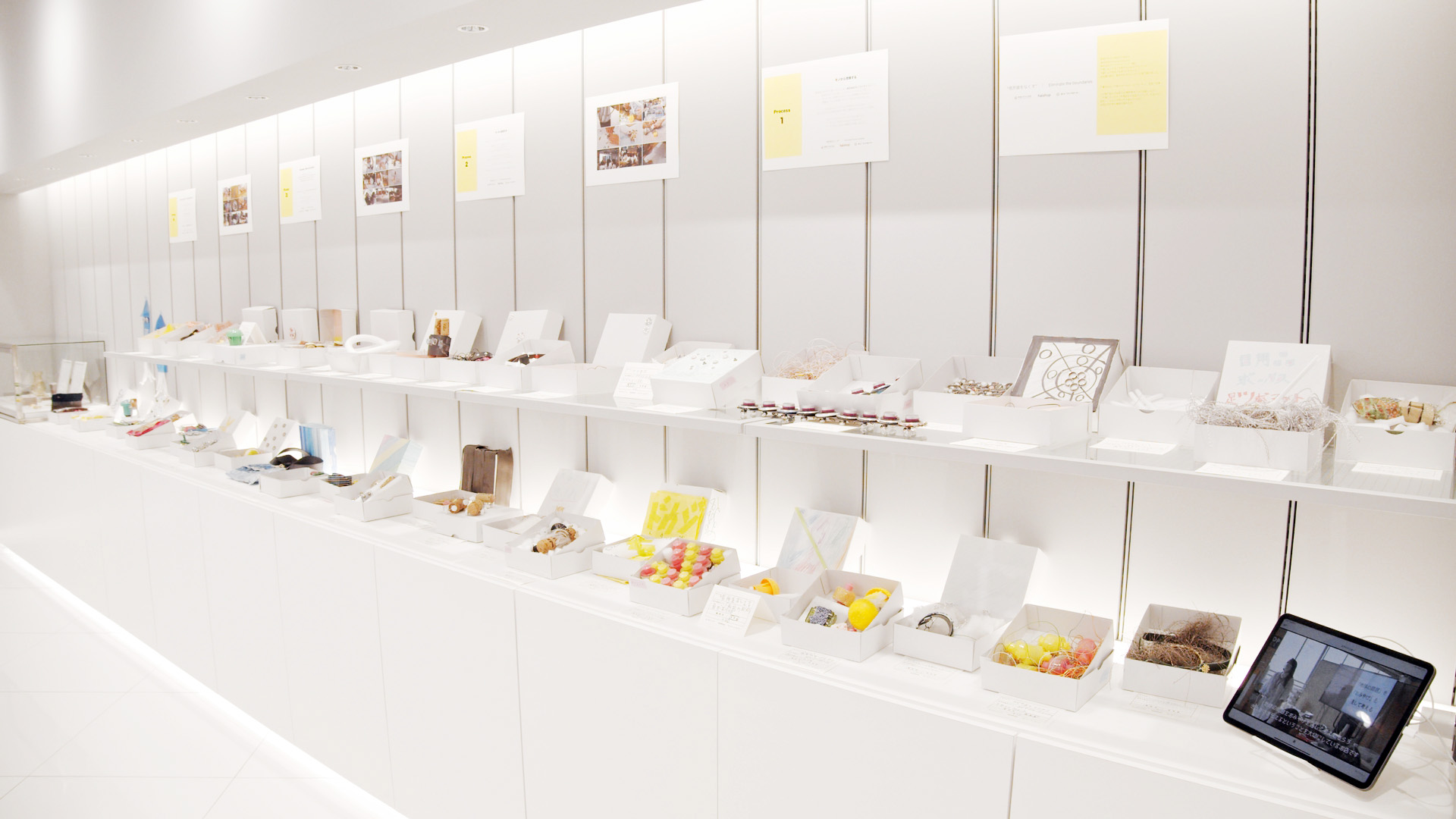
Souvenirs created by the students of Nitobe Bunka Elementary & Junior High School
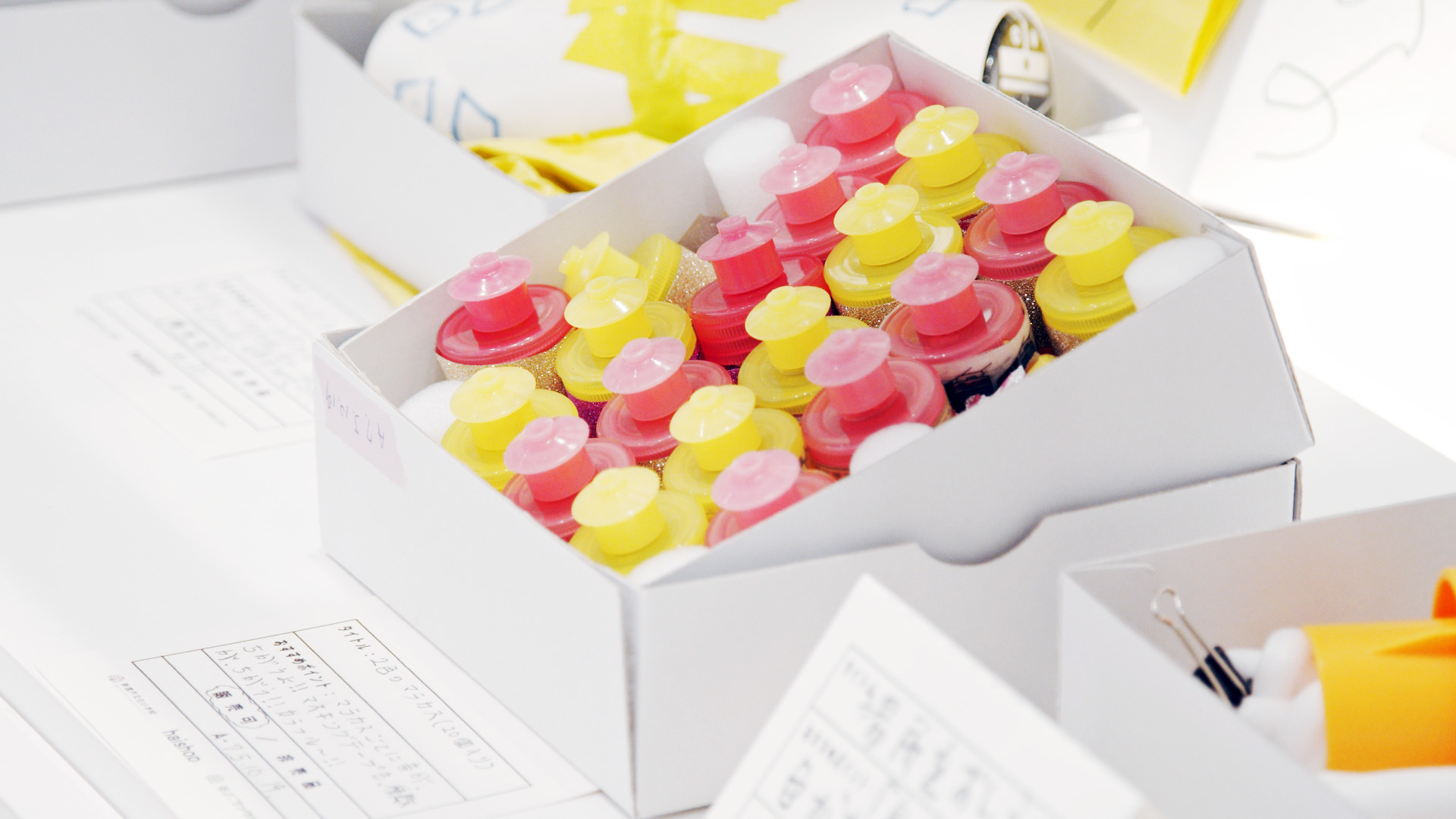
Mascara bottles made using caps from detergent bottles
Information
Art For Social Change
Project Launch Date: July 21, 202
Official Website: https://www.innovationdesign.co.jp/
-
renacnatta x Shiki Theatre Company to Release Banshu-Ori Weave Collection
21.July.2021 | FASHION
renacnatta has teamed up with Shiki Theatre Company to release a collection of banshu-ori skirts and neckties, all of which will arrive on August 3.
renacnatta is a brand which weaves clothes using deadstock fabric from Japan and Italy and by using traditional Japanese weaving techniques.
Skirts
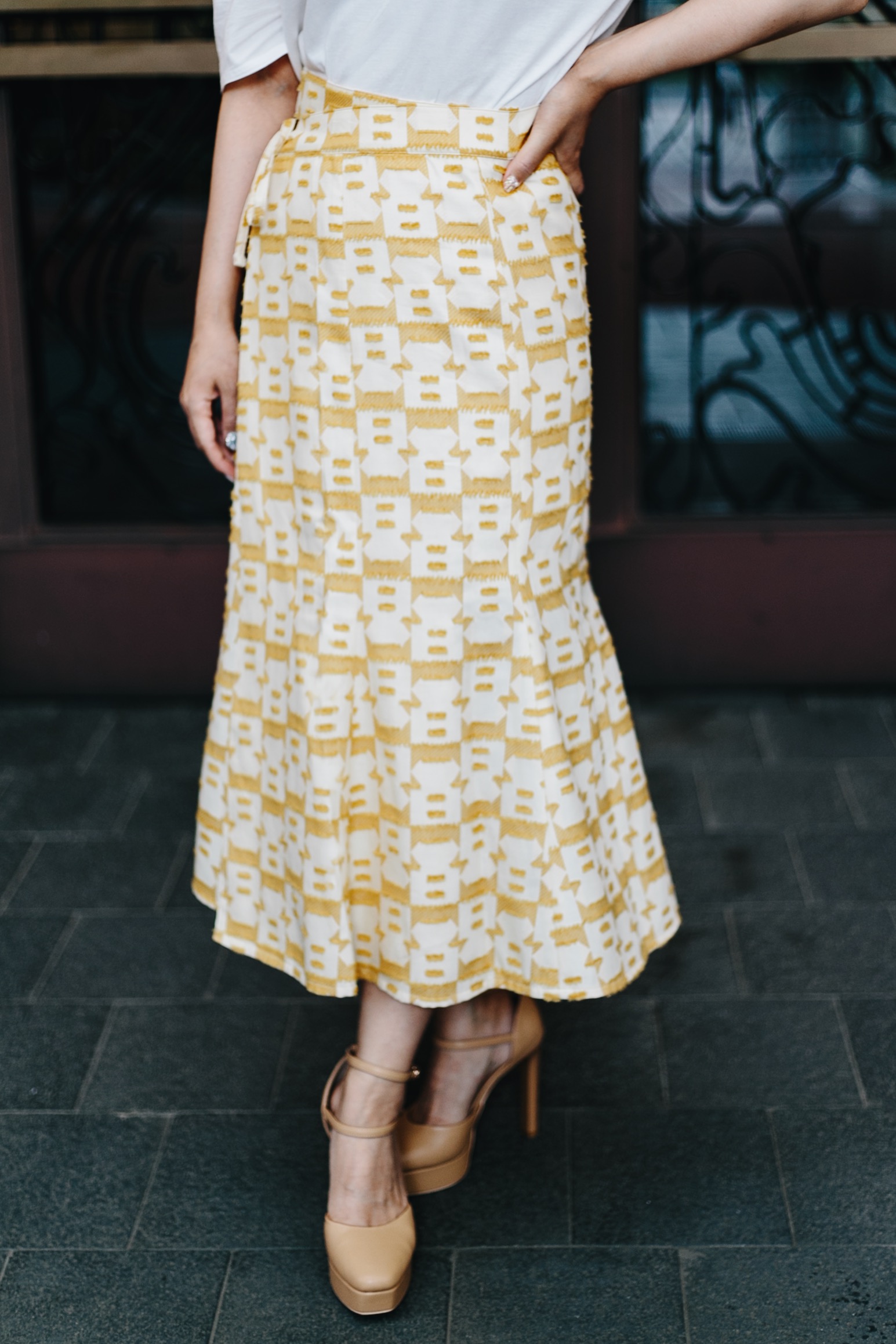
Banshu Mermaid Wrap Skirt – Matinee|Collaboration with Shiki Theatre Company | ¥35,200 (Tax Included)
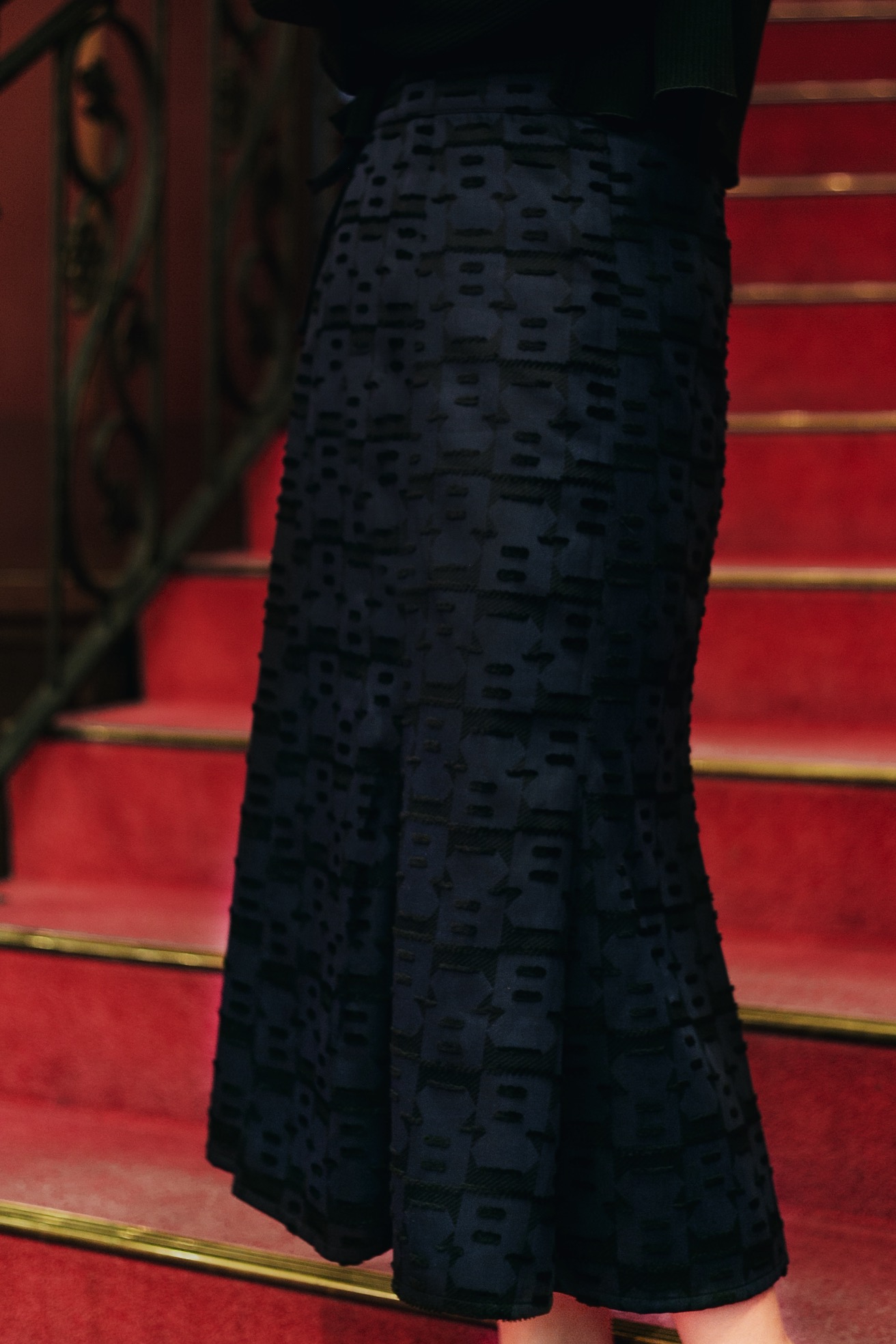
Banshu Mermaid Wrap Skirt – Soiree|Collaboration with Shiki Theatre Company | ¥35,200 (Tax Included)
Neckties

Banshu Tie – Matinee|Collaboration with Shiki Theatre Company | ¥9,350 (Tax Included)
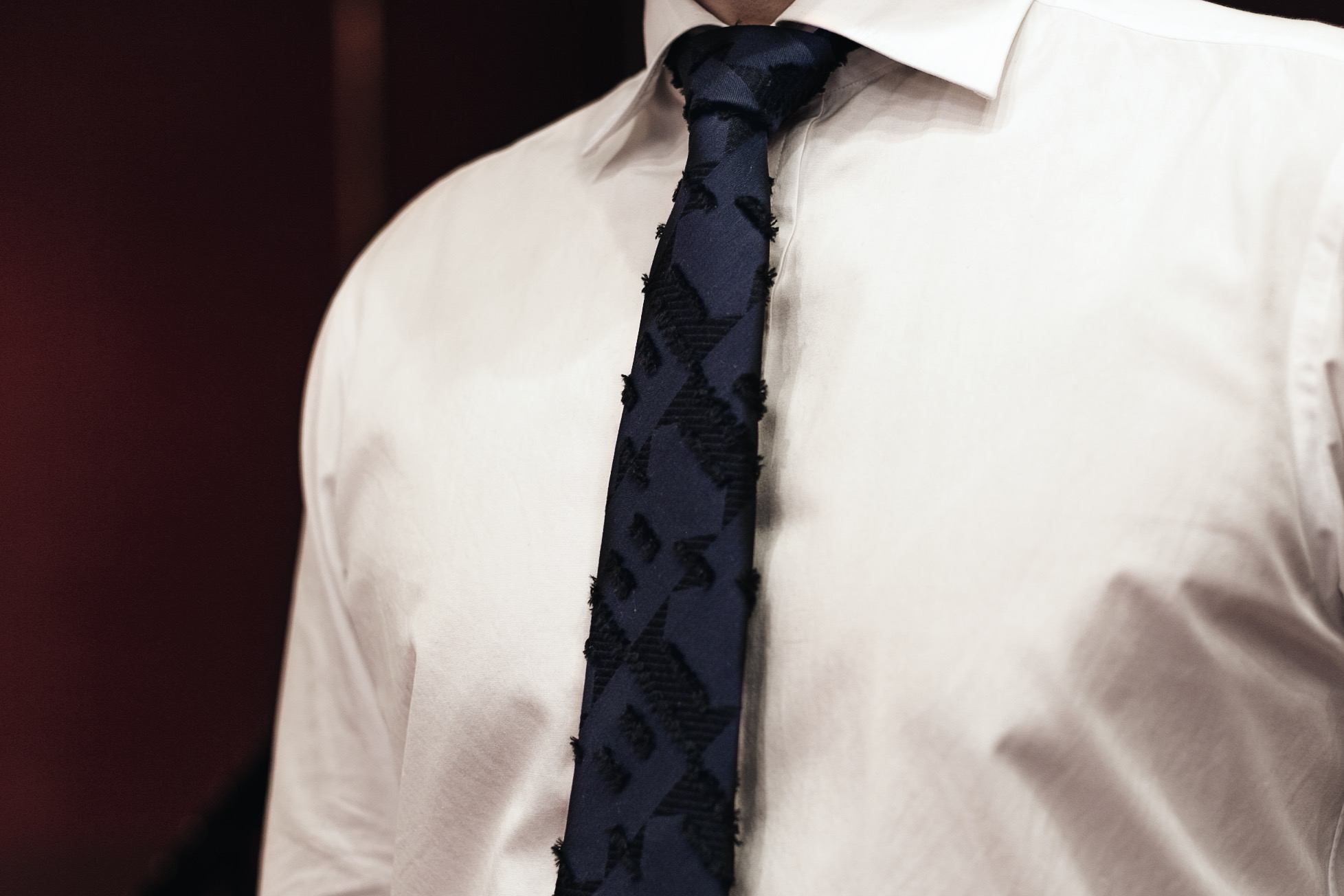
Banshu Tie – Soiree|Collaboration with Shiki Theatre Company | ¥9,350 (Tax Included)
Shows at the Shiki Theatre Company have been cancelled or postponed due to COVID-19. The collaboration comes to reignite the fire and excitement towards the theatre in these restrictive times. This August, the theatre is release a new and original musical which will see actors wearing clothing made using banshu-ori weave. This collection uses the same weaving technique.
Banshuori is a yarn-dyed textile made using a special production method which sees yarn dyed in advance and patterns woven by the dyed yarn. The items in the collection come in two colours: Matinee and Soiree, named after afternoon and evening theatre performances respectively. The Matinee line-up is beige and yellow while the Soiree picks are a mix of navy and black.
The one-size-fits-all skirts feature a comfy mermaid style with a fashionable silhouette perfect for going to the theatre with. They are made in such a way that they do not wrinkle when sitting down for long periods of time. The neckties too are made using banshu-ori weave for a smooth, sleek look.
Information
renacnatta x Shiki Theatre Company
Release Date: August 3, 2021 @ 21:00 (JST)
Buy Here: https://www.renacnatta.com/ -
Gas Mask Plant Pots Showcased as Part of TENEO’s Exhibition Tour
Japanese men’s brand TENEO and Shibakusa Pottery, which was founded in 1841 in Hida-Takayama, are set to begin their first exhibition tour on July 9 which aims to make traditional Japanese craftsmanship part of our modern lives as contemporary art.
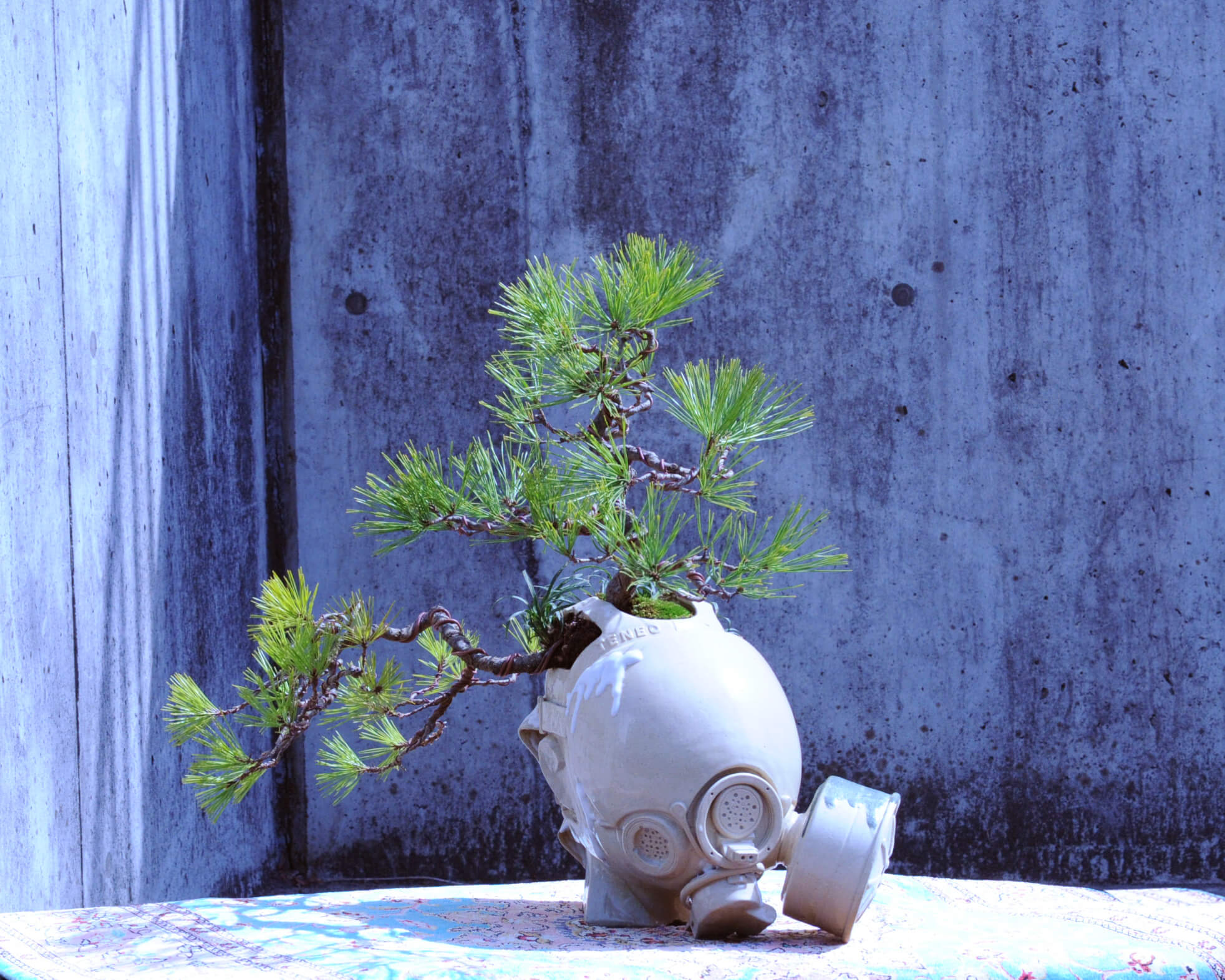
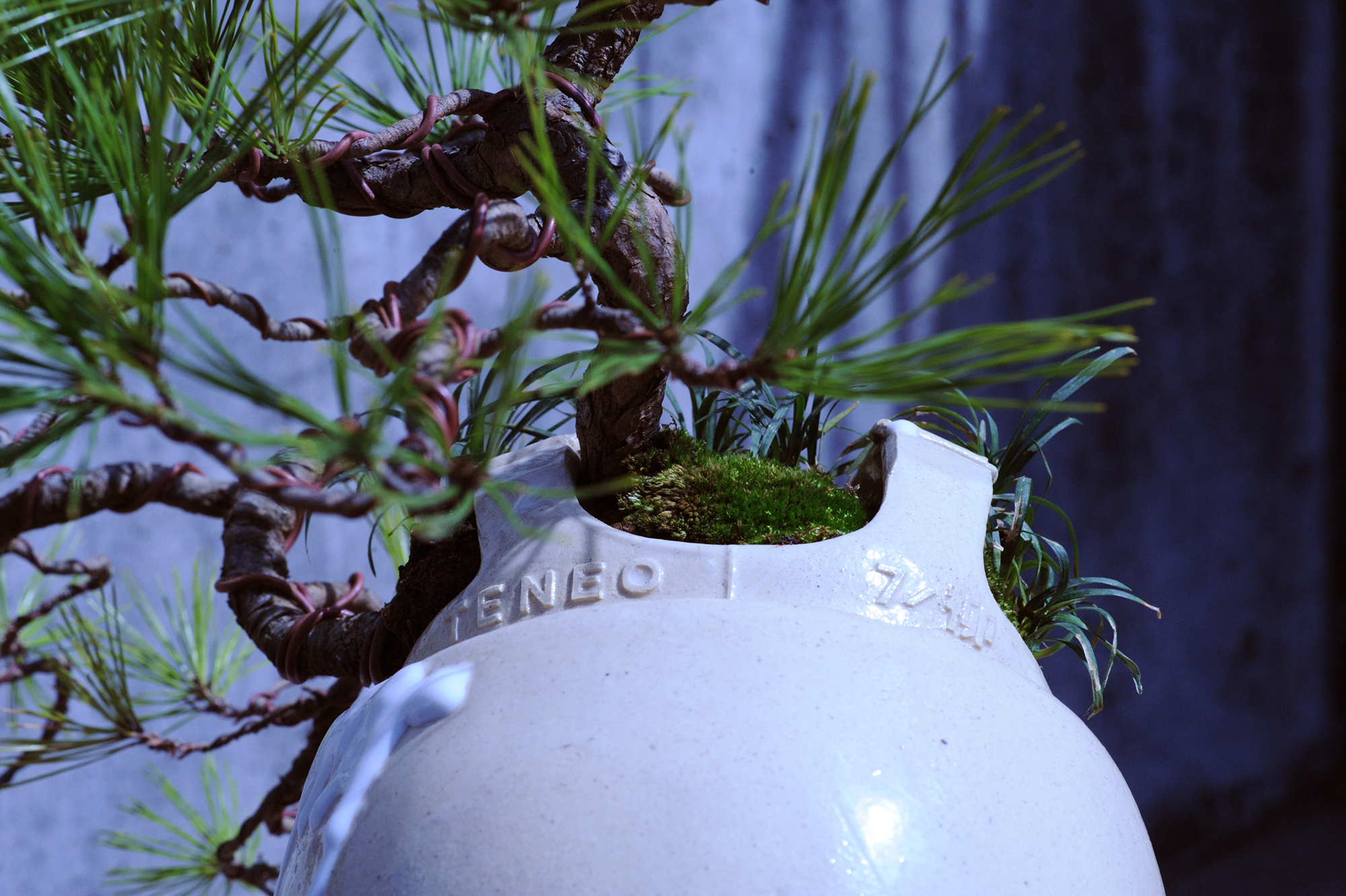
FULL HAND MADE with HAMAMOTO
TENEO is rooted in the concept of combining and evolving the differing cultures and backgrounds of Japan and France. Shibakusa Pottery has been producing pottery in Gifu’s city of Takayama since the Edo Period and operates on the motto of “Handing down tradition is on the decline; tradition is the continuation of innovation.” Both TENO and SHibakusa have come together to launch a project that aims to develop and advance traditional craftsmanship, and so they are opening a series of exhibition pop-up shops beginning at DiEGO Omotesando in Tokyo on July 9 before heading to Discover Japan Lab. in Shibuya PARCO, g GIFT AND LIFESTYLE in Roppoingi Hills, and elsewhere.
Pre-orders for the products to be showcased at the pop-up shop are now available to pre-order online in Japan at TENEO and will be shipped in October. Exhibits include works by the young bonsai master Yusuke Hamamoto, flower arrangements Ayayoshi Ozono who maintains long-time traditional Japanese styles and techniques, and more.
The project will collaborate with the international tattoo artist Hiro in October as well as many other traditional artists and craftsmen from inside and outside Japan. The pop-up shop also sees the release of the ‘GAS MASK POT/VASE.’ The purpose of these works is to show people new forms and ways of expressing tradition.Information
TENEO POP UP
Location: DiEGO Omotesando
Running: July 9, 2021 – July 24, 2021Address: Oriental Harajuku 205, 4-17-8 Jingumae, Shibuya, Tokyo
Opening Hours: 13:00-18:00 (Wednesday to Saturday only)
Official Website: https://www.di-ego.netLocation: Discover Japan Lab.
Running: July 30, 2021 – August 5, 2021Address: 15-1 Udagawacho, Shibuya, Tokyo
Opening Hours 11:00-20:00
Official Website: https://shibuya.parco.jp/shop/detail/?cd=025804Location: g GIFT AND LIFESTYLE
Running: August 6, 2021 – End of August 2021Address: Roppongi Hills HILLSIDE B1F, 6-10-2 Roppongi, Minato-ku, Tokyo
Opening Hours: 11:00-21:00
Official Website: https://g-roppongi.jp
Project Details: https://prtimes.jp/main/html/rd/p/000000003.000068928.htmlTENEO Official Website: https://teneo.work


